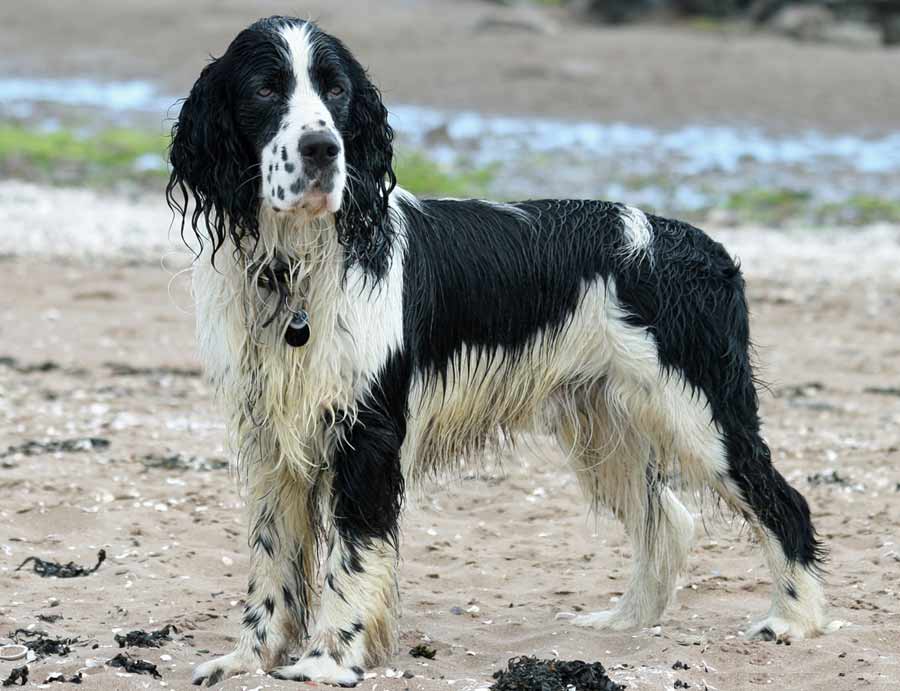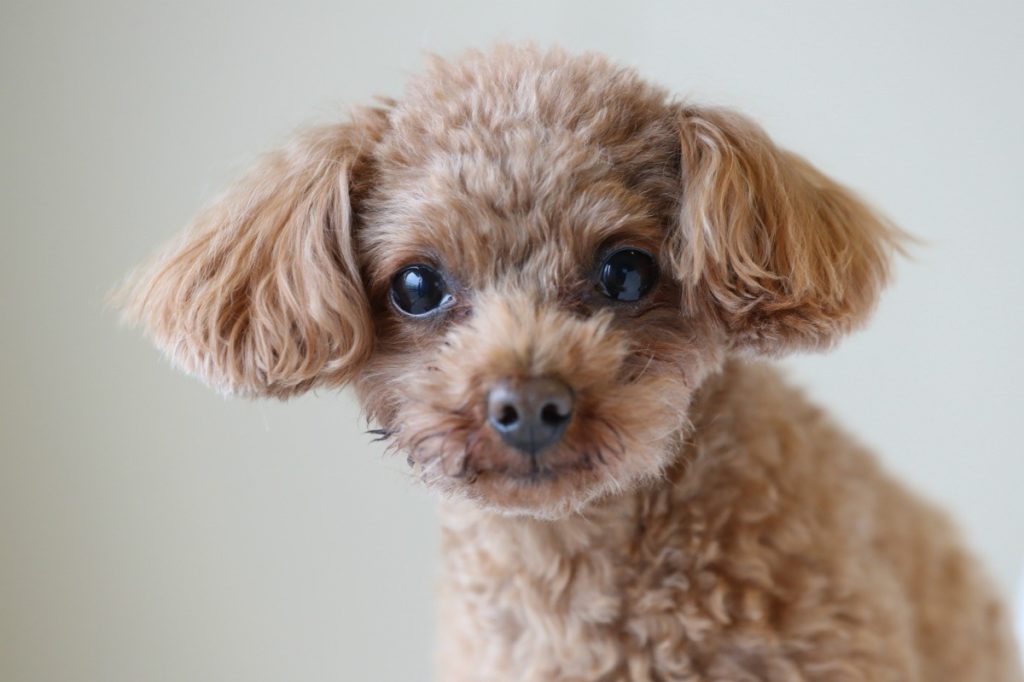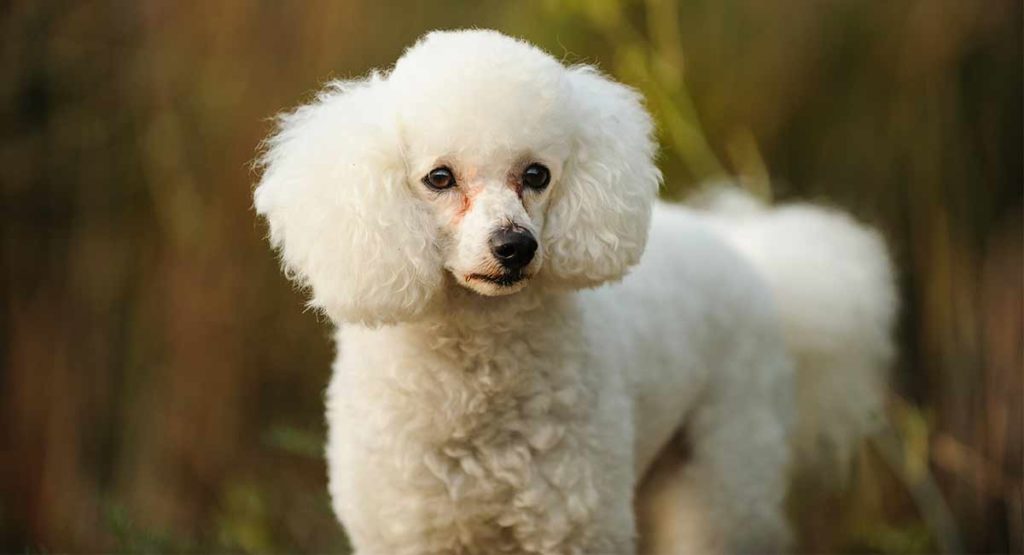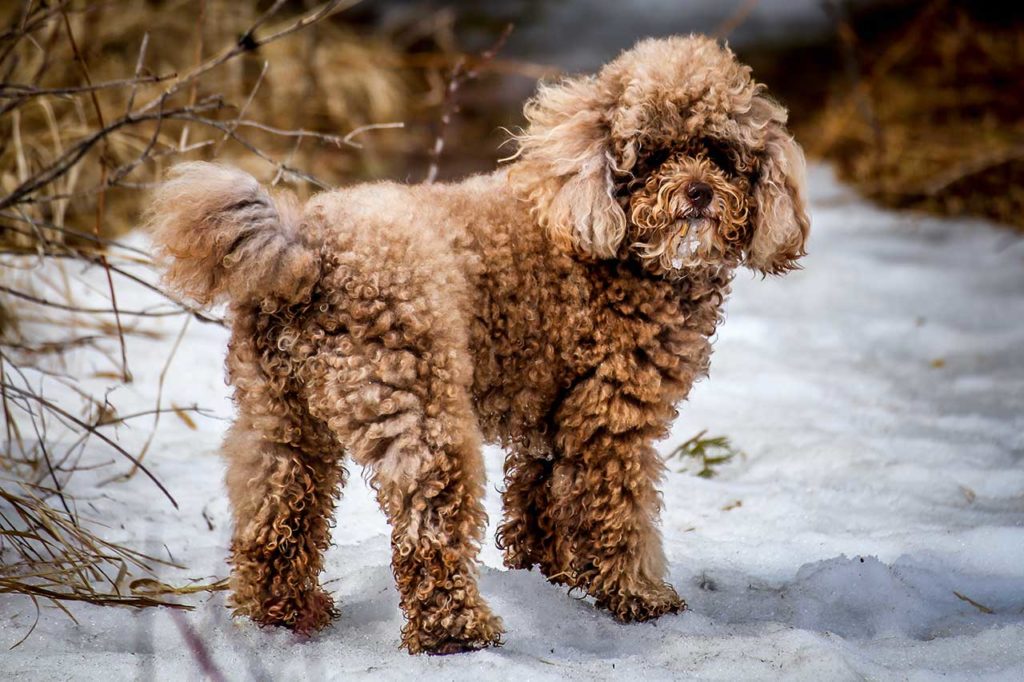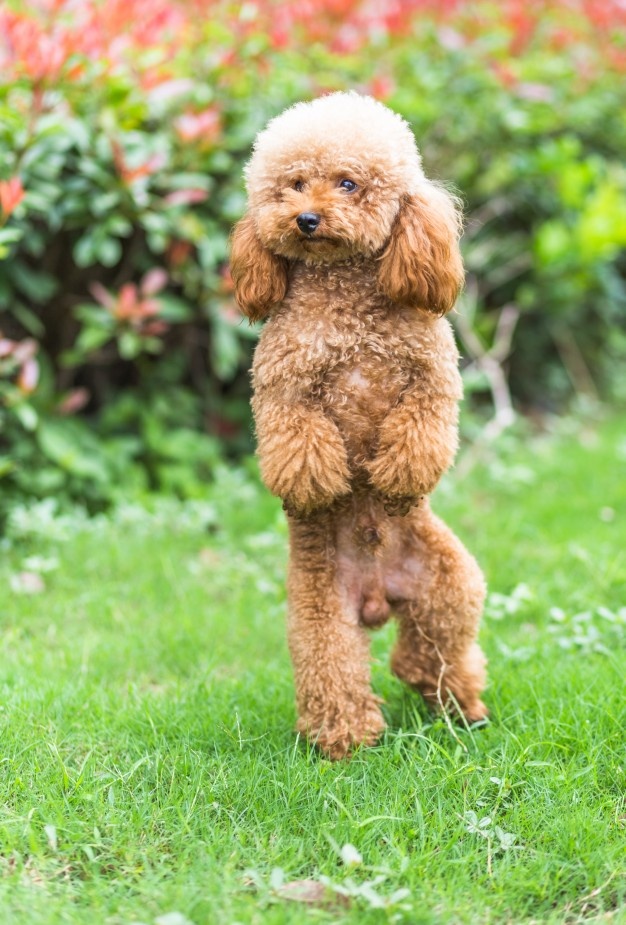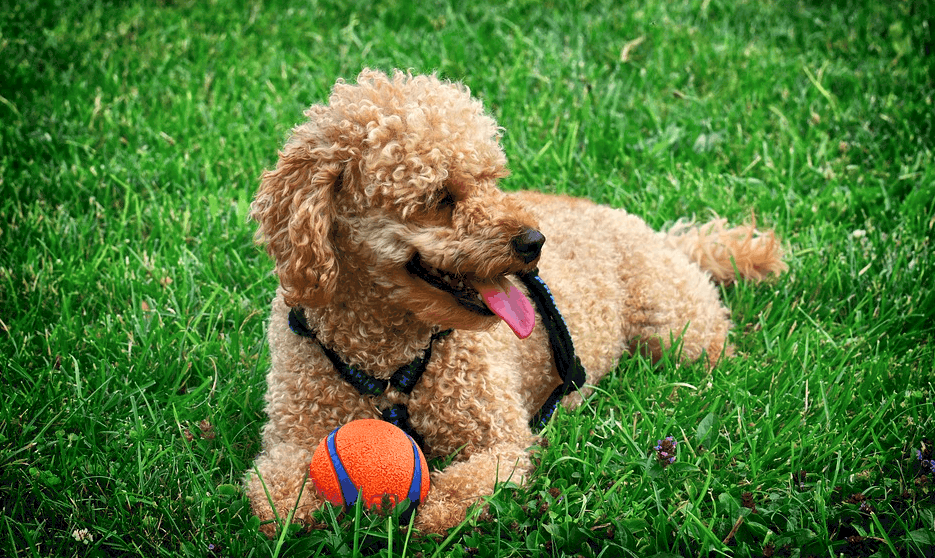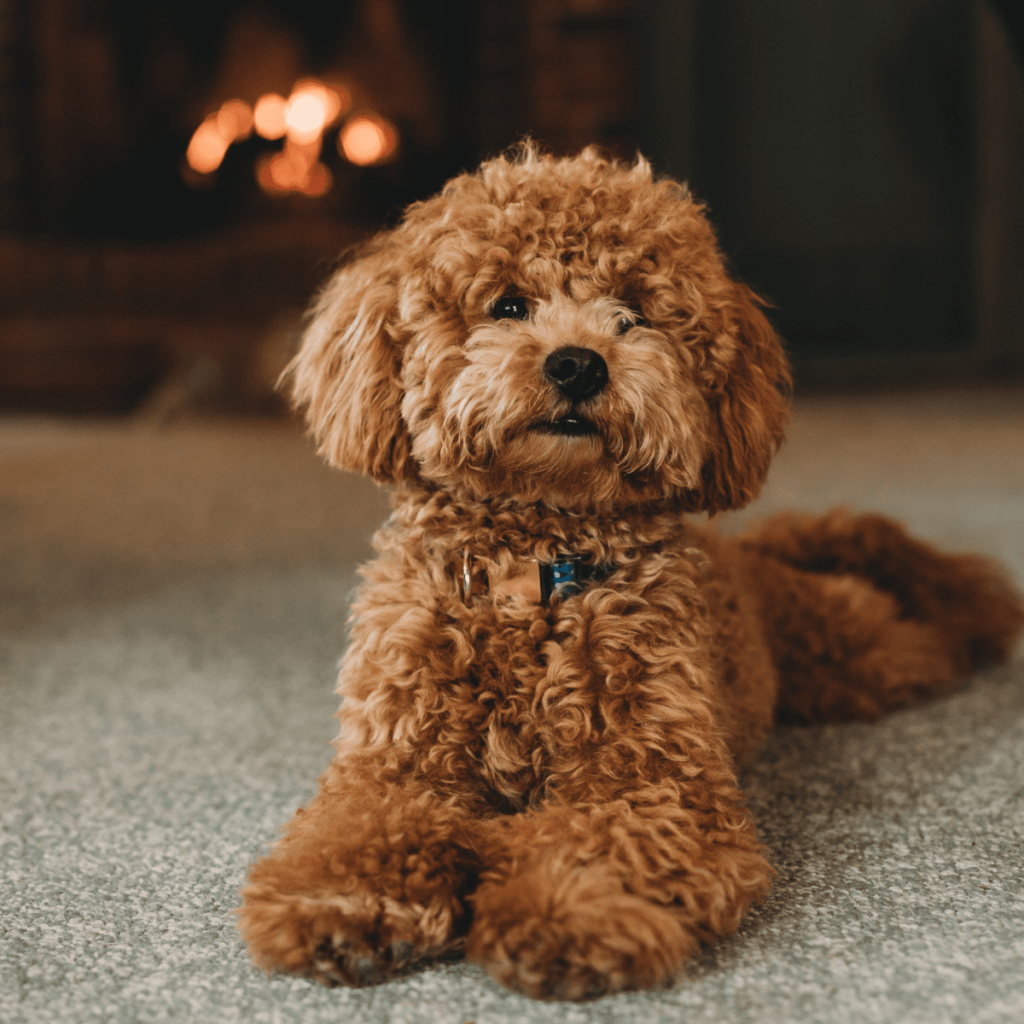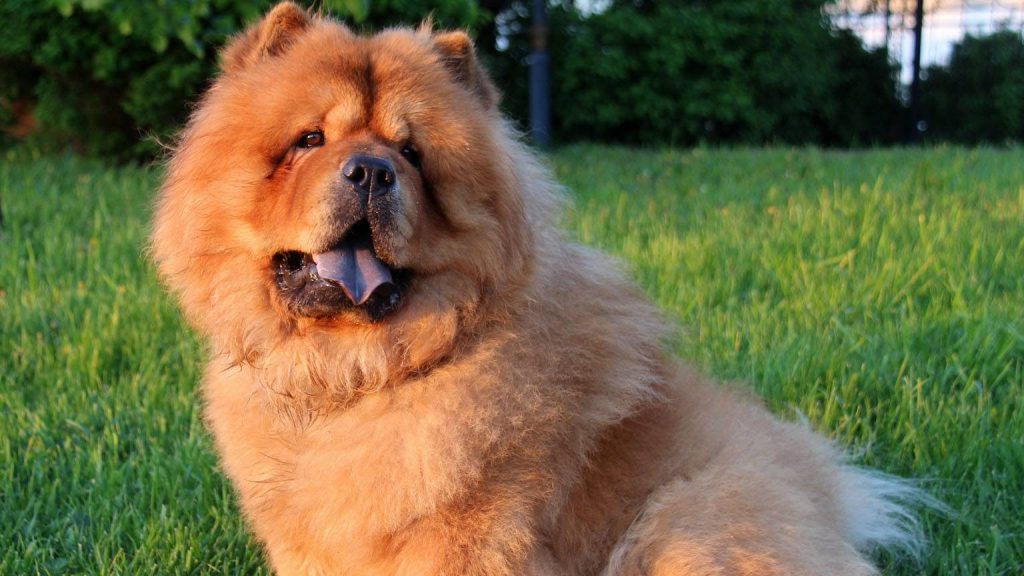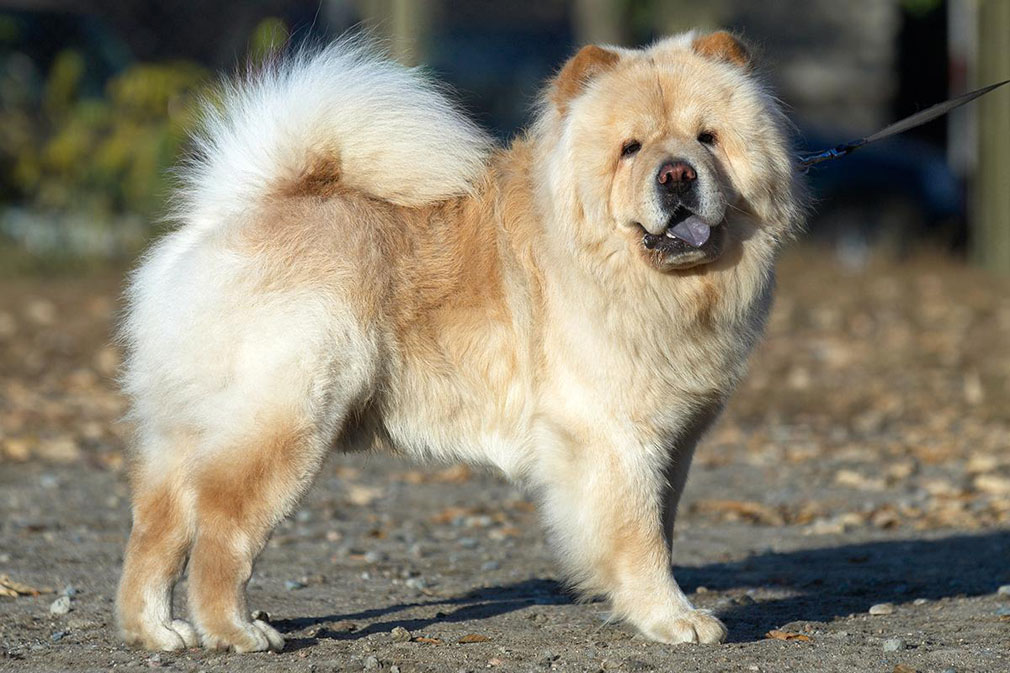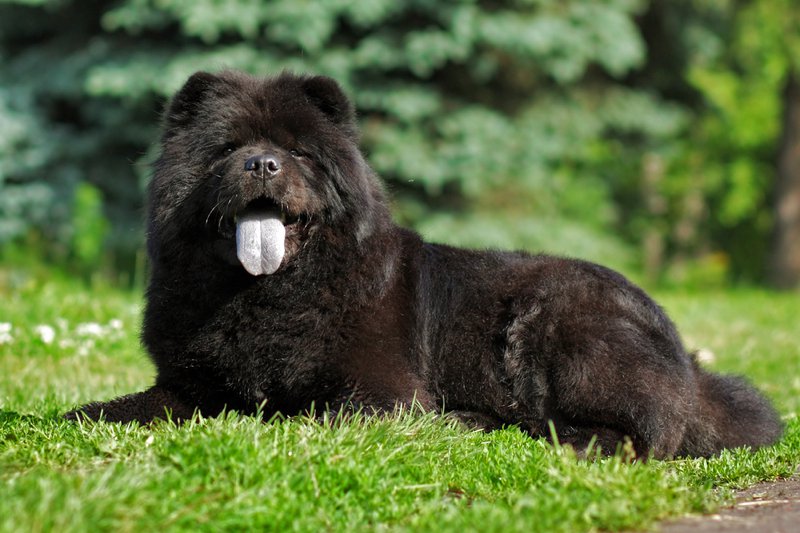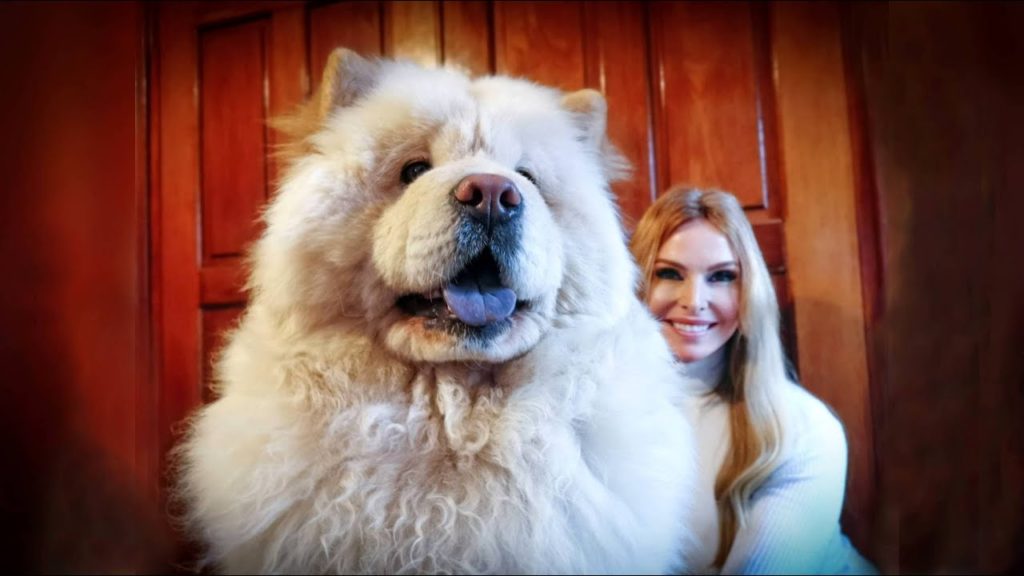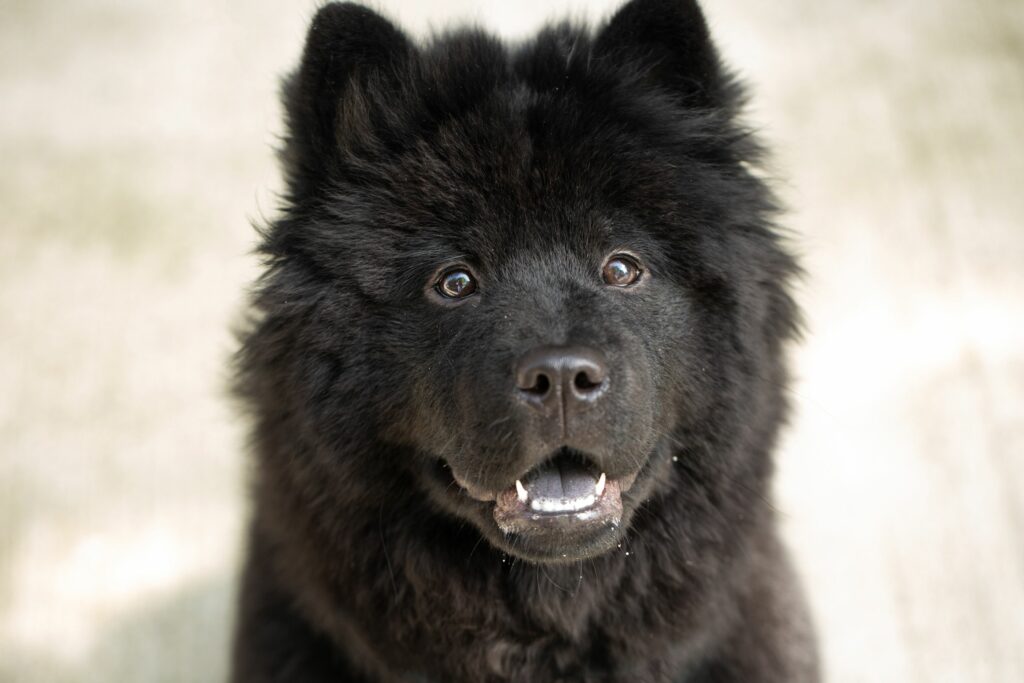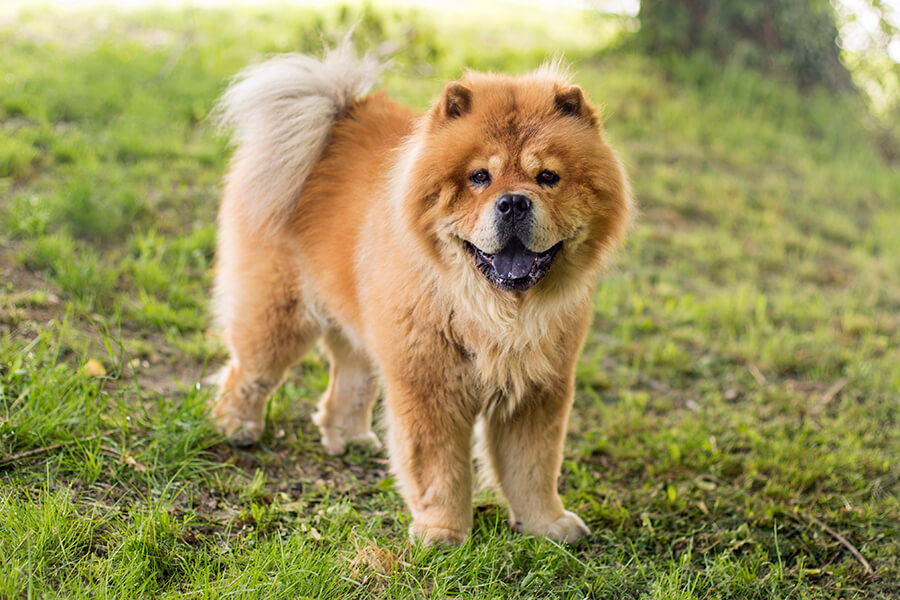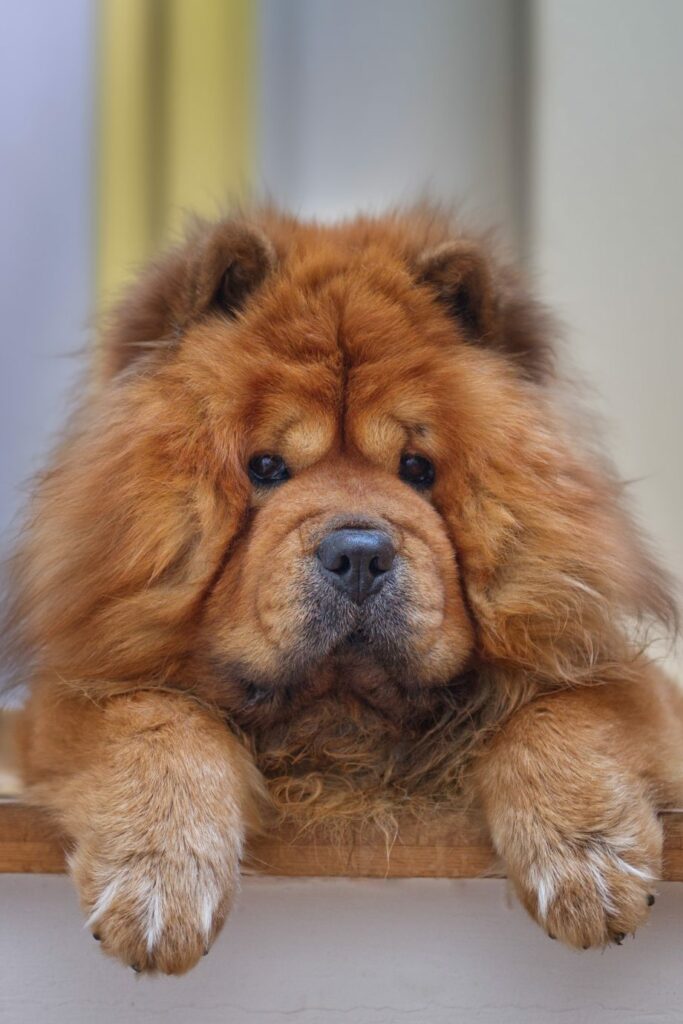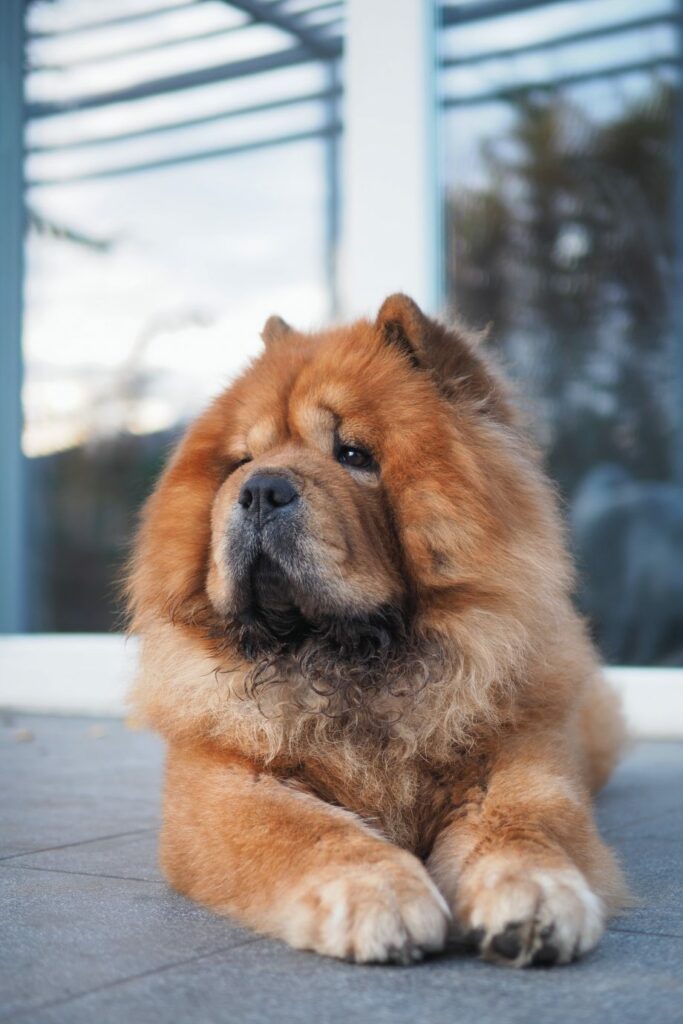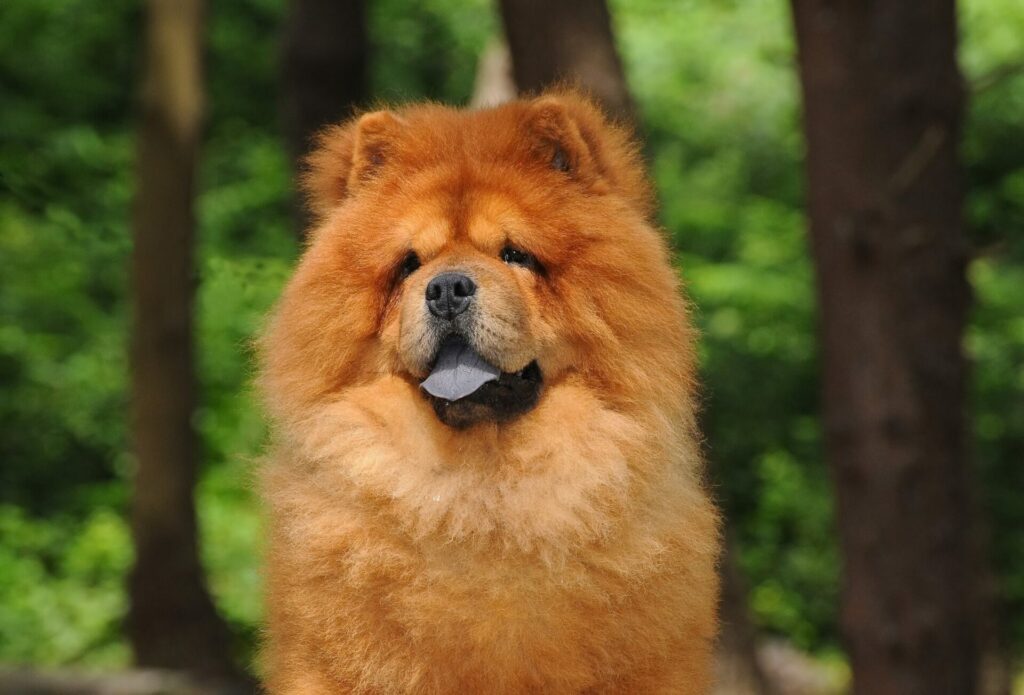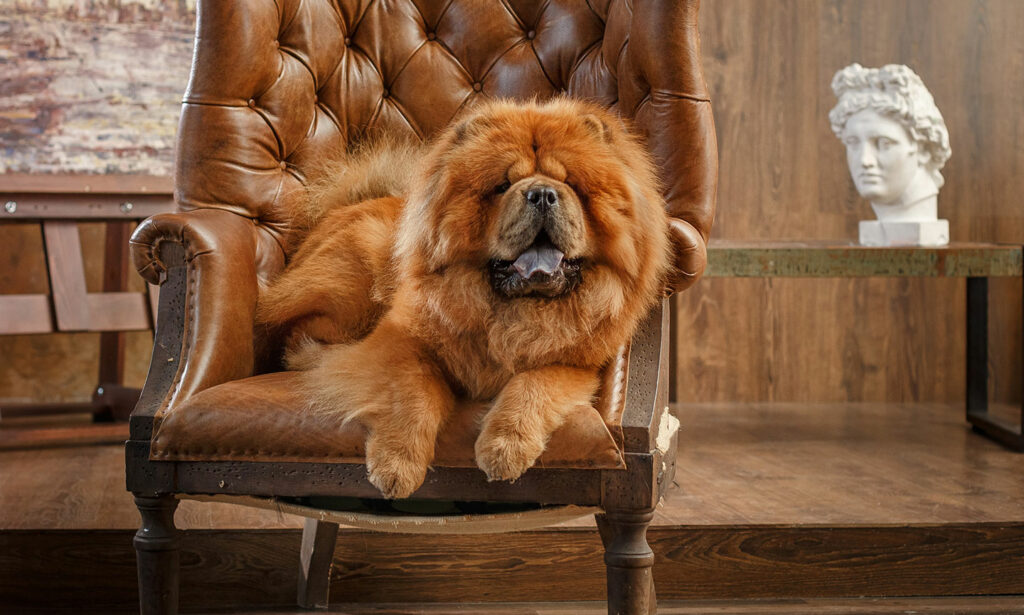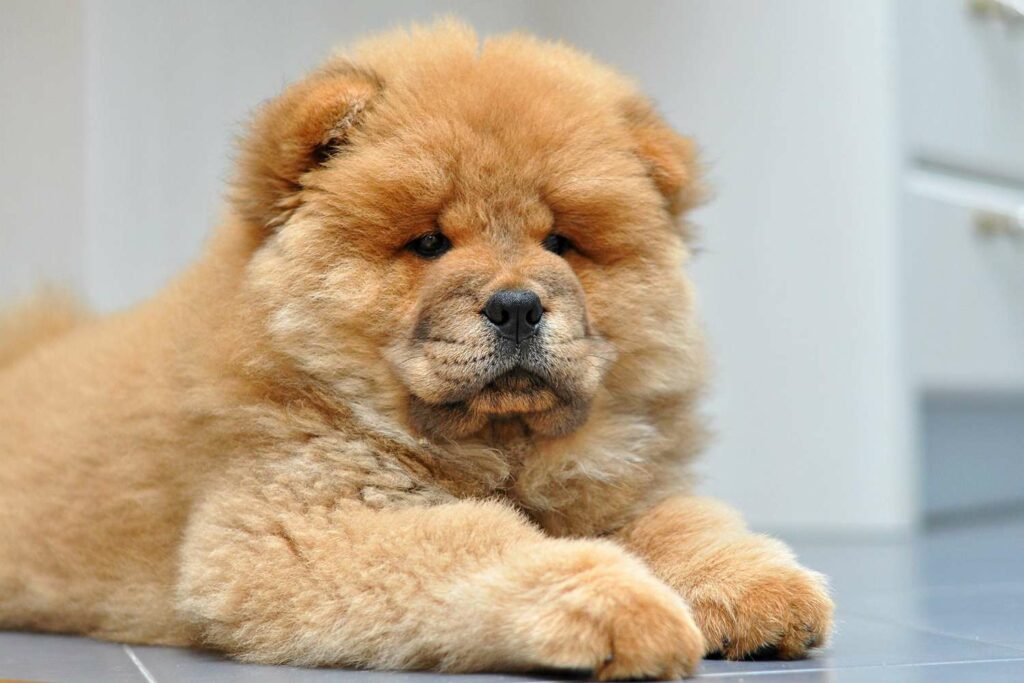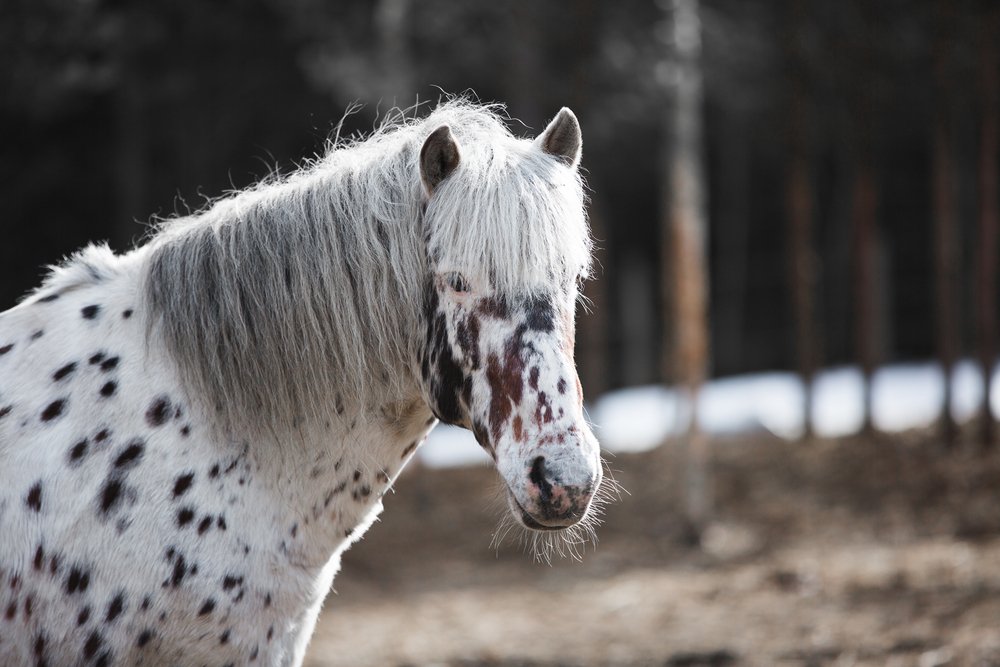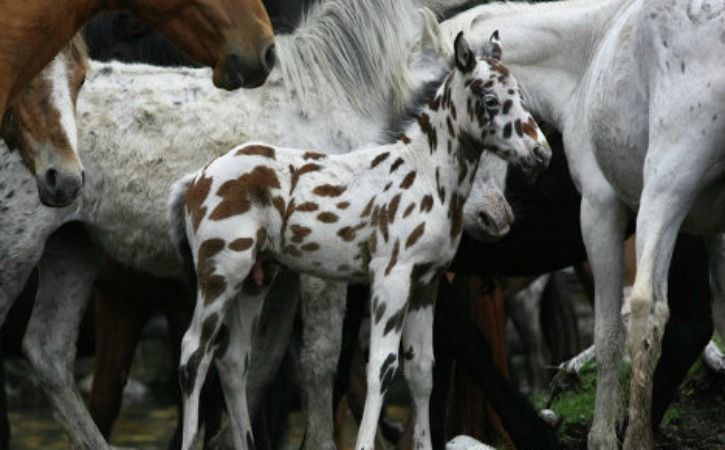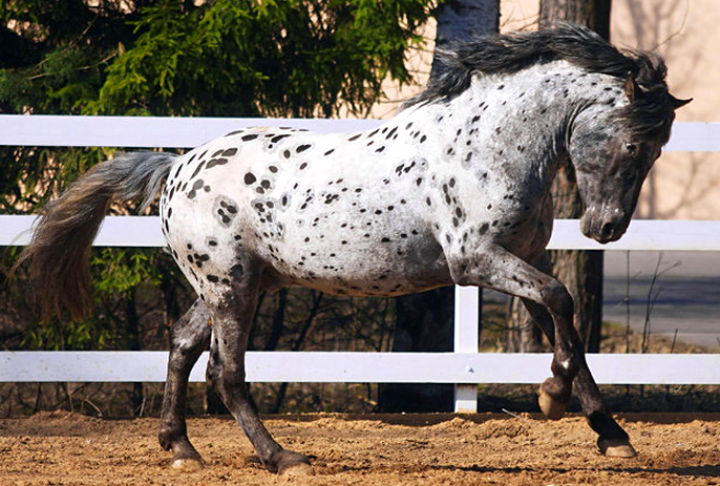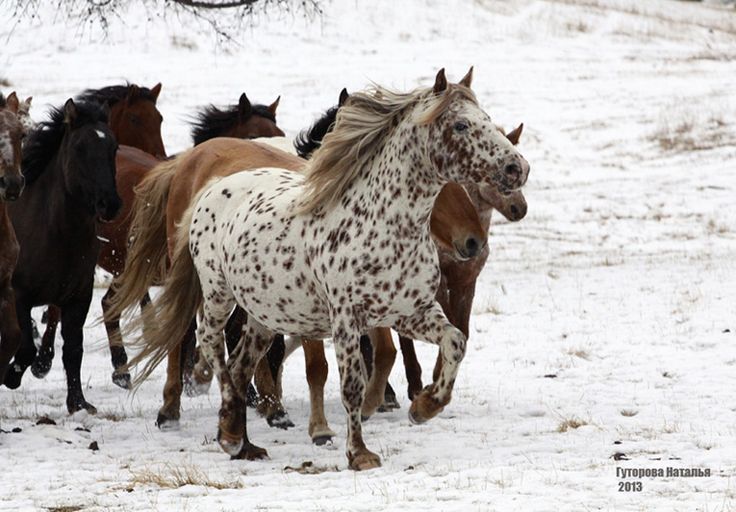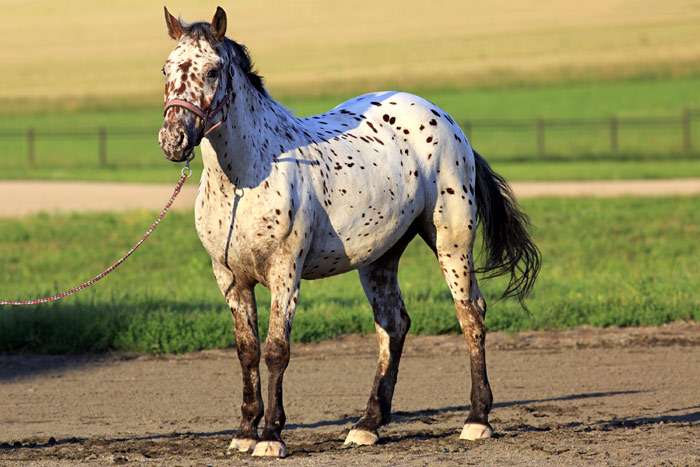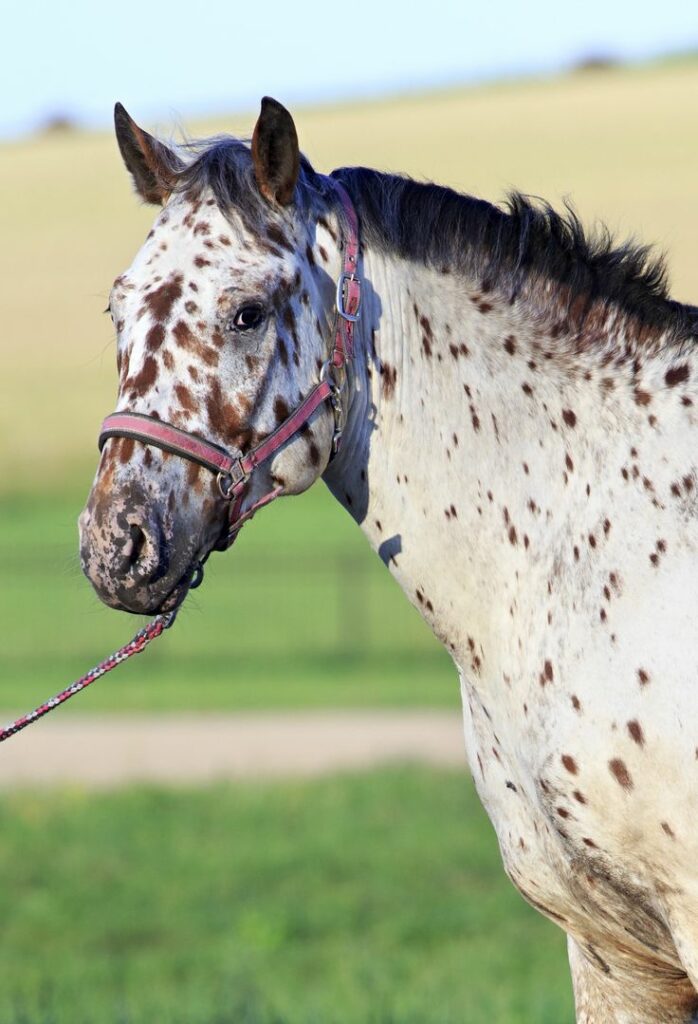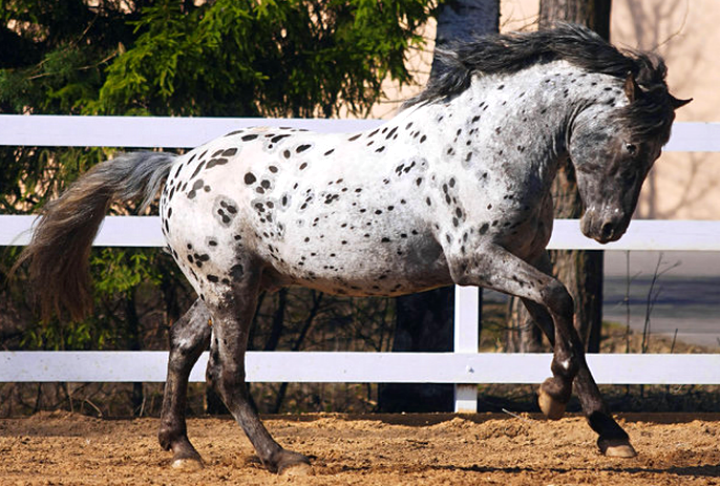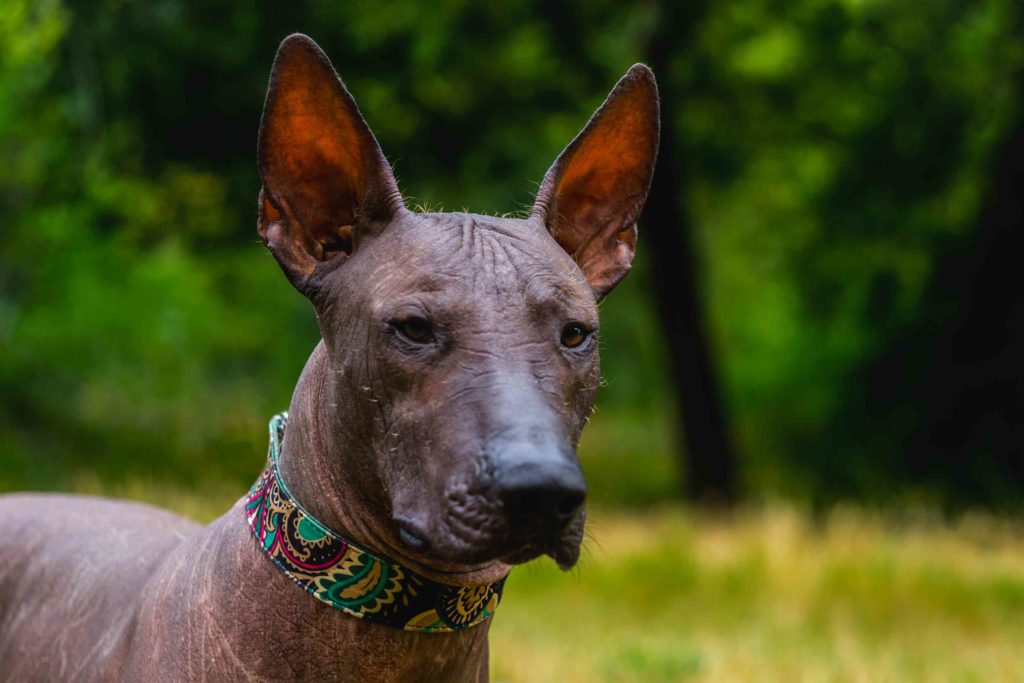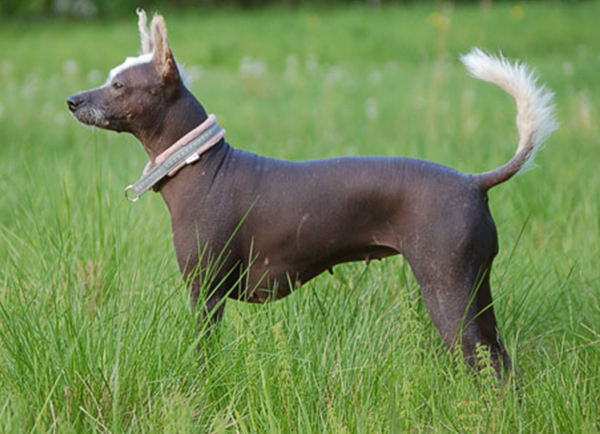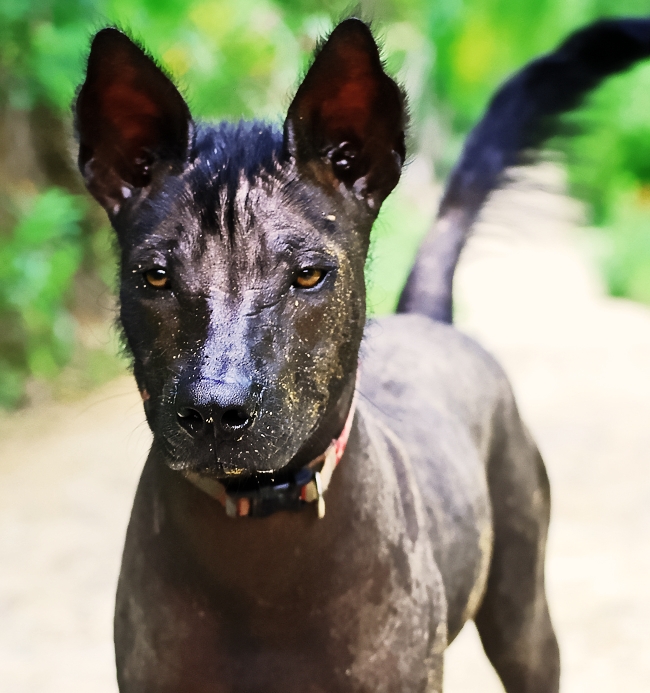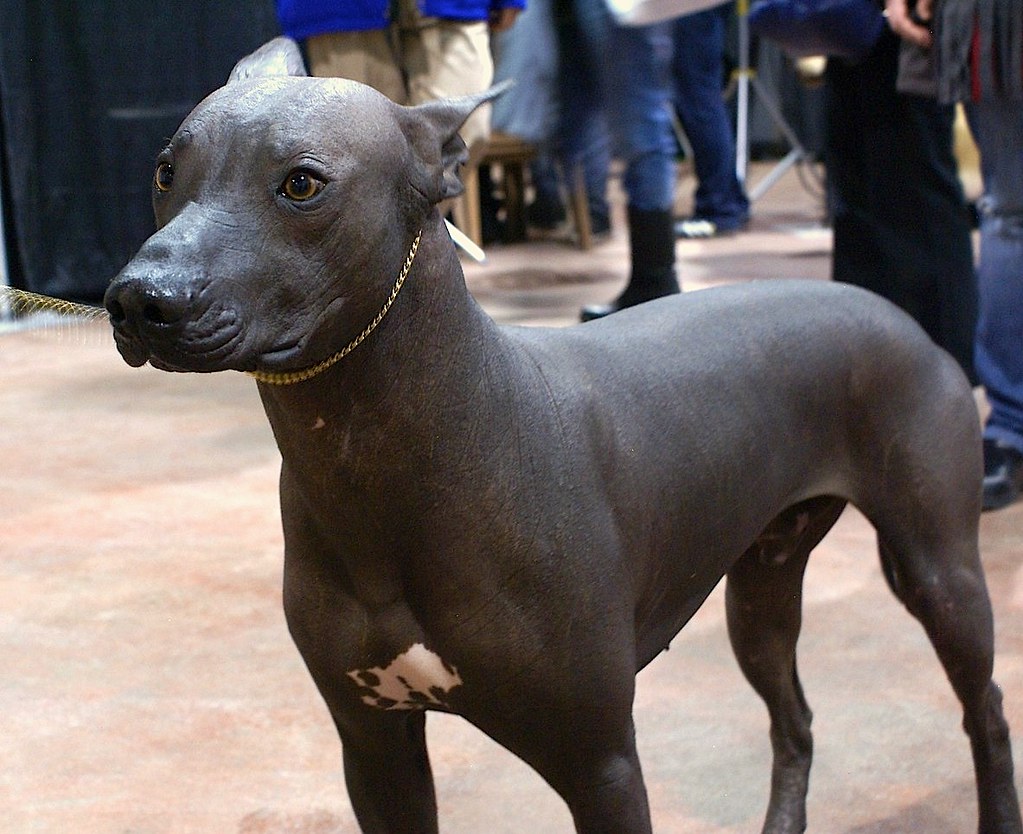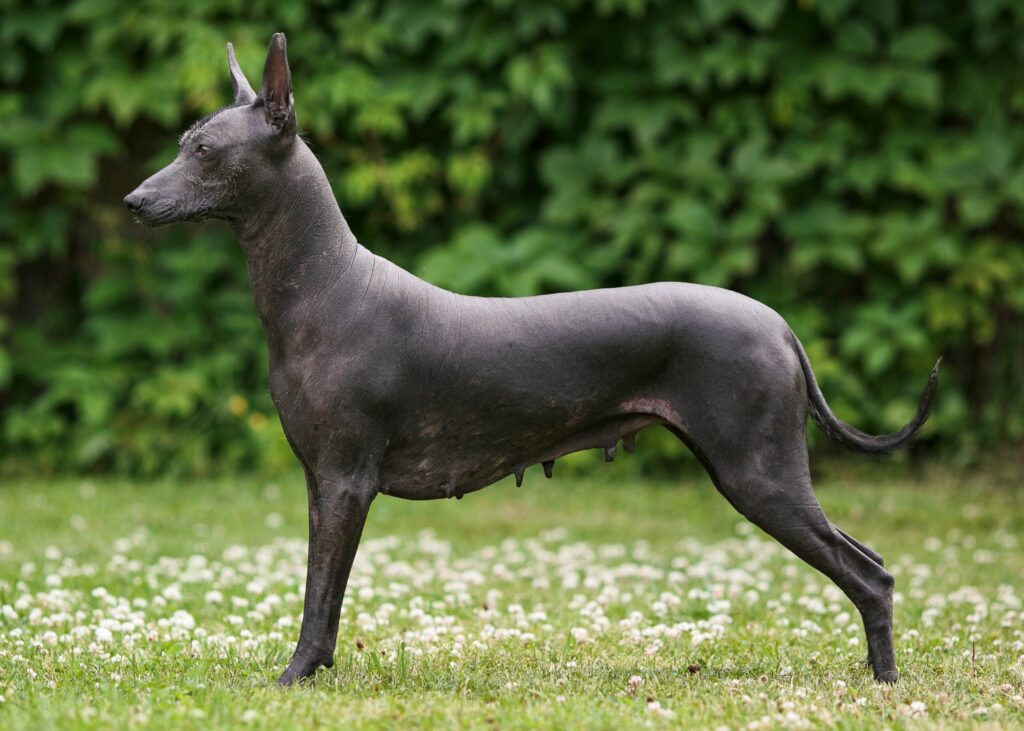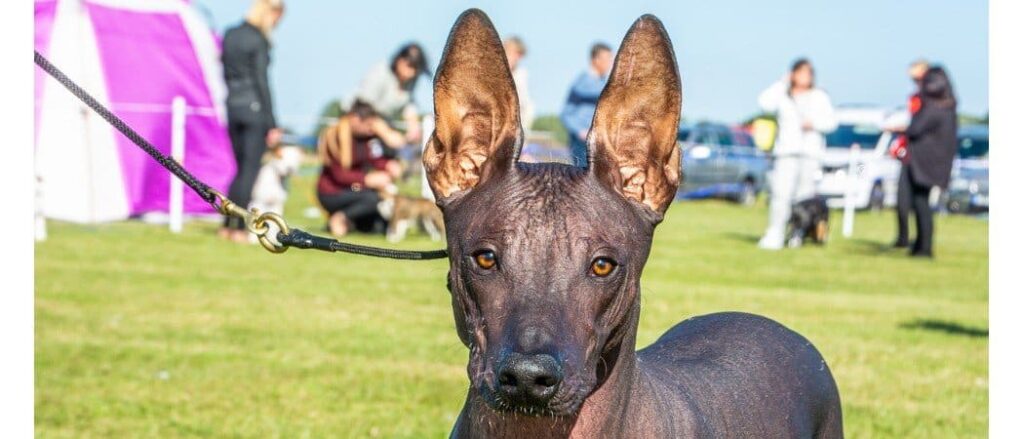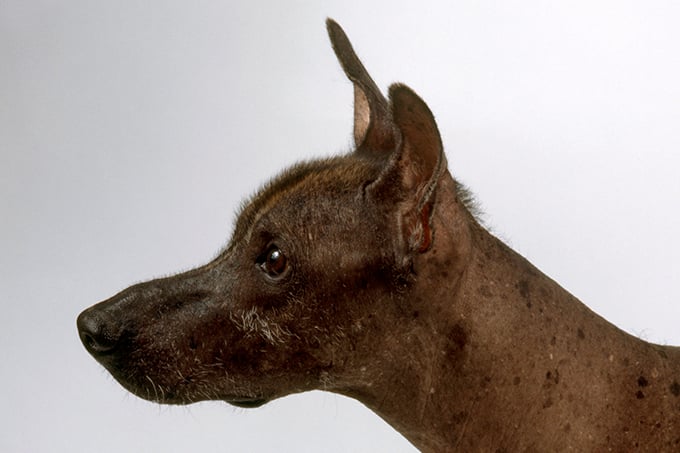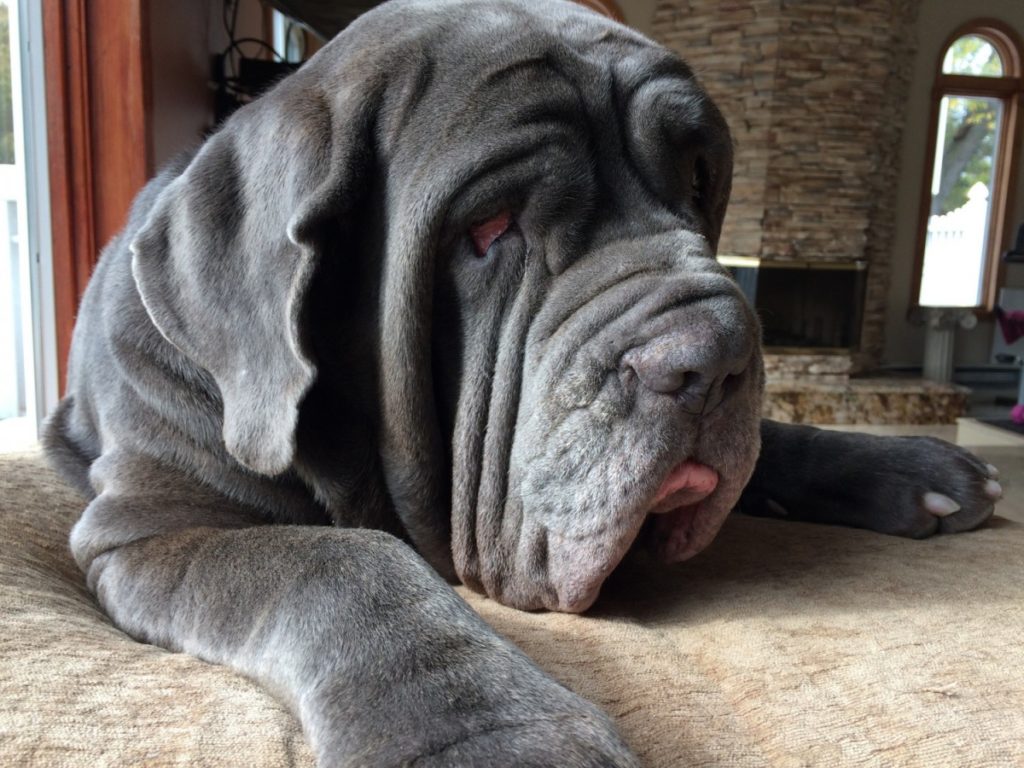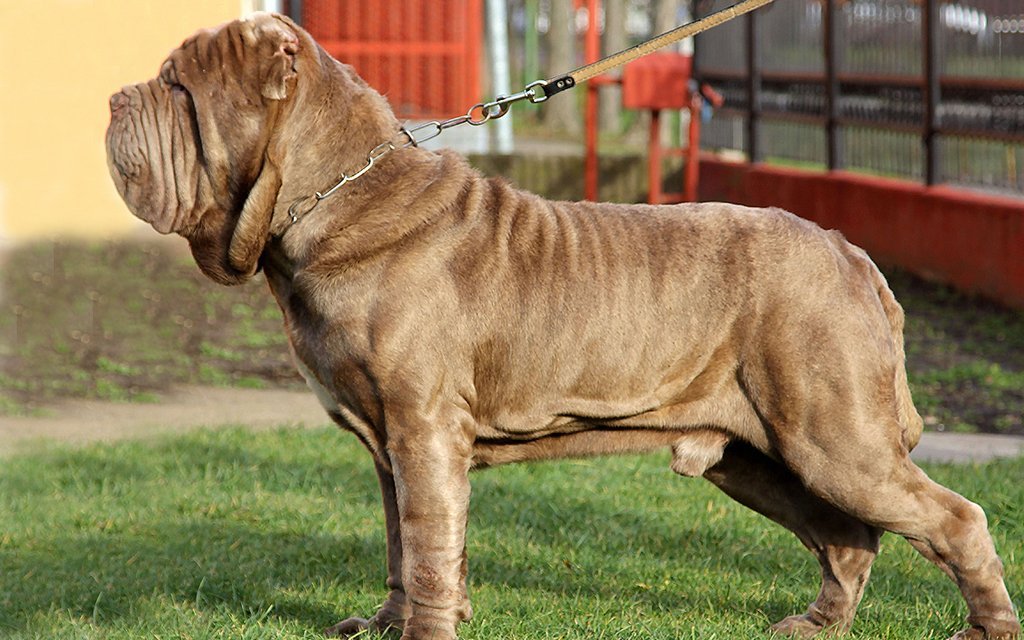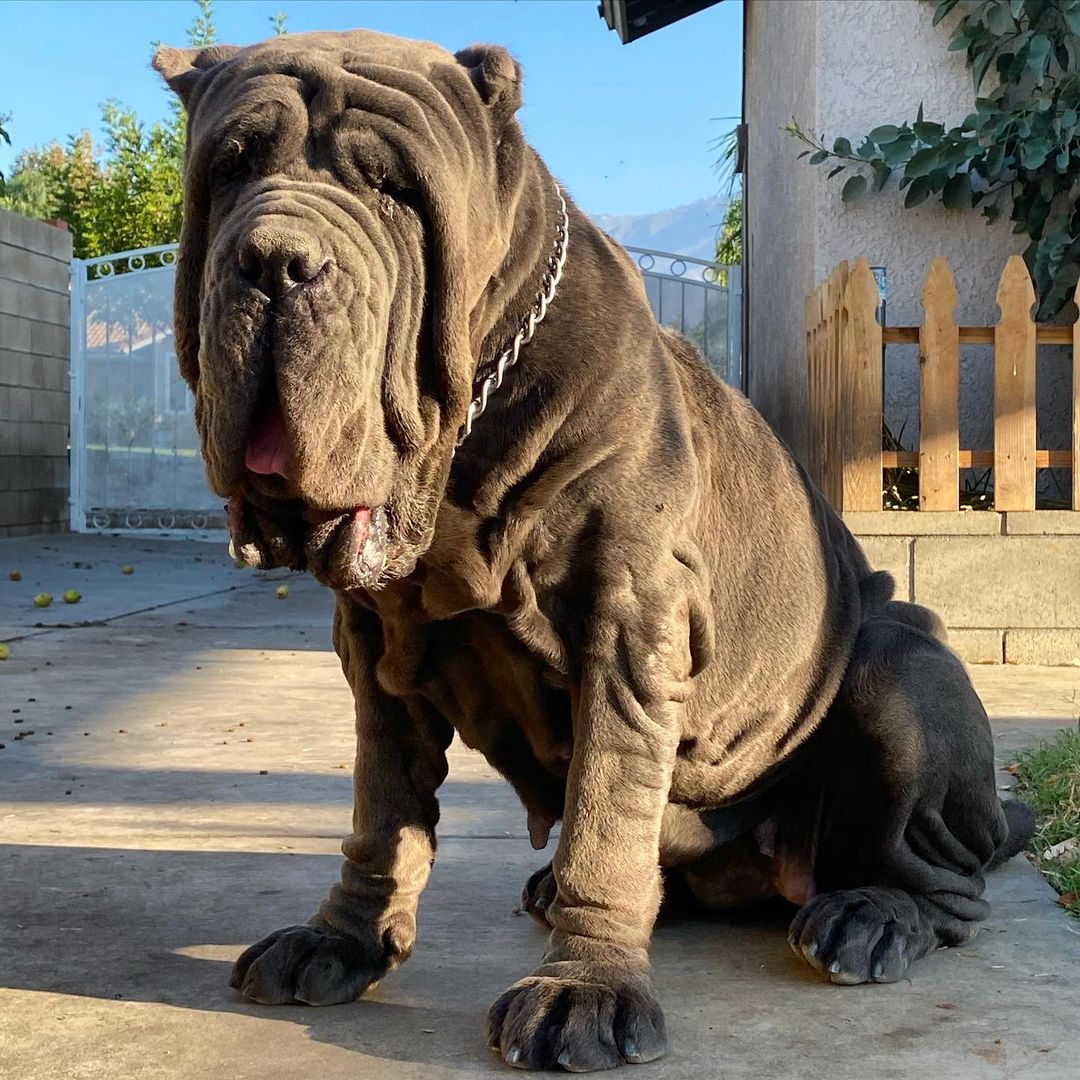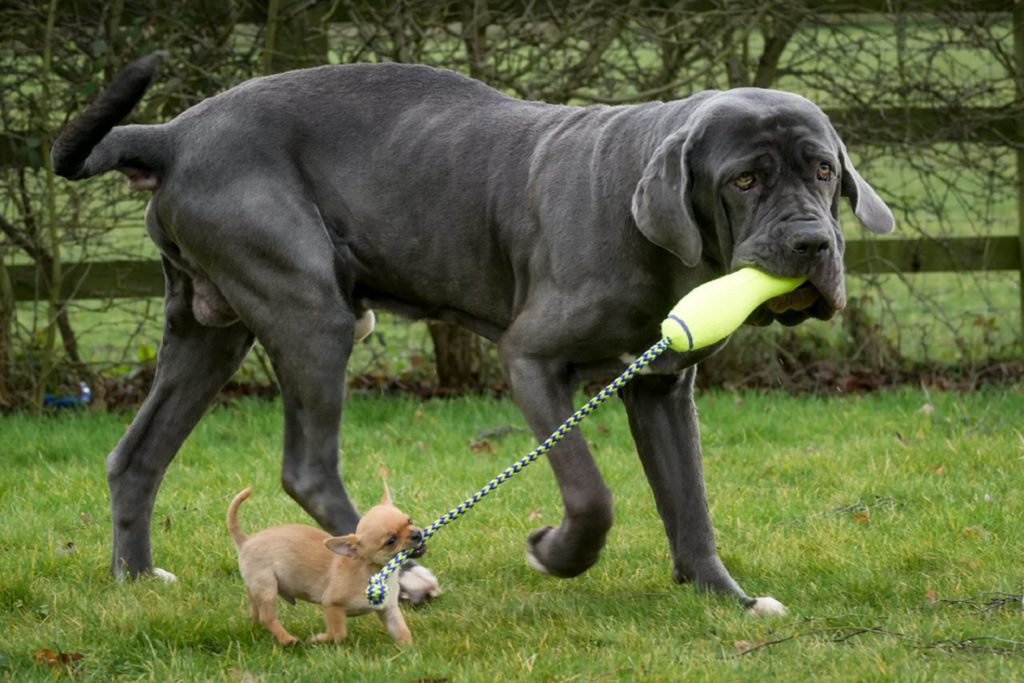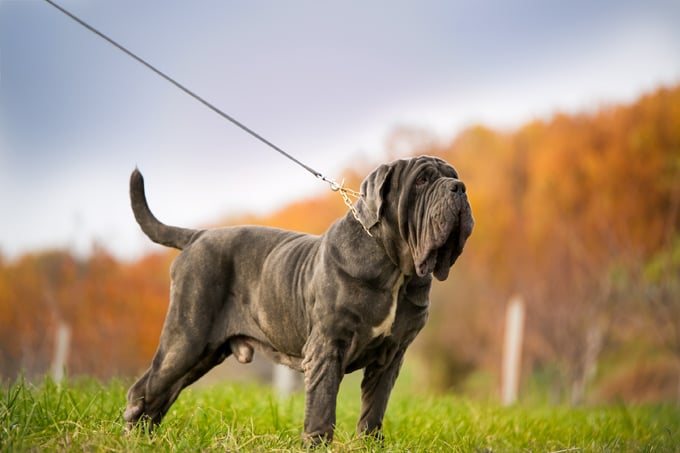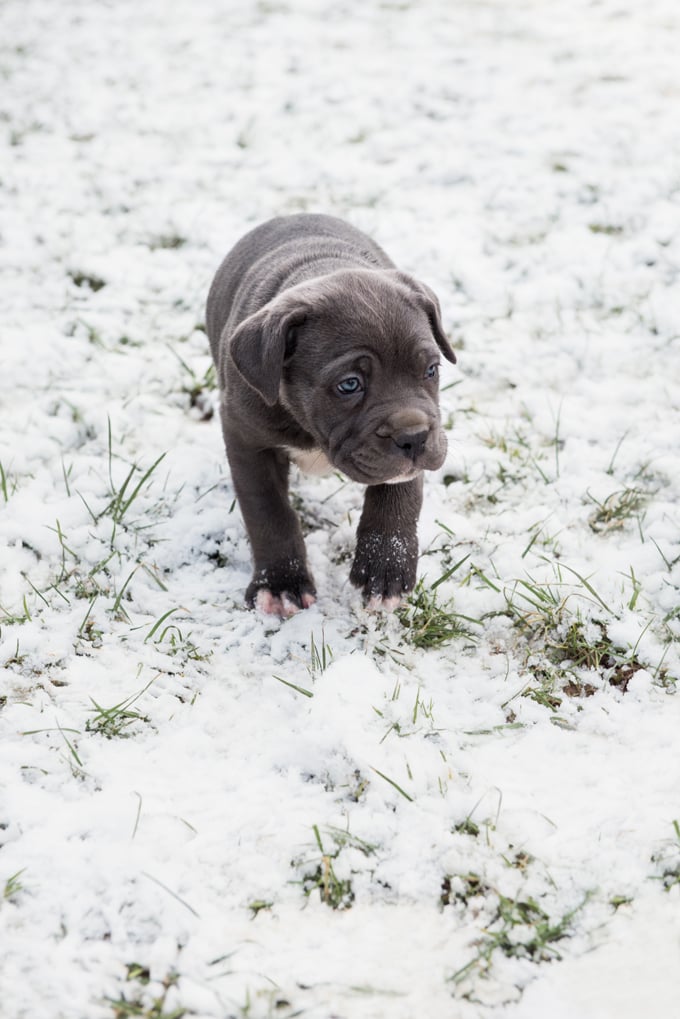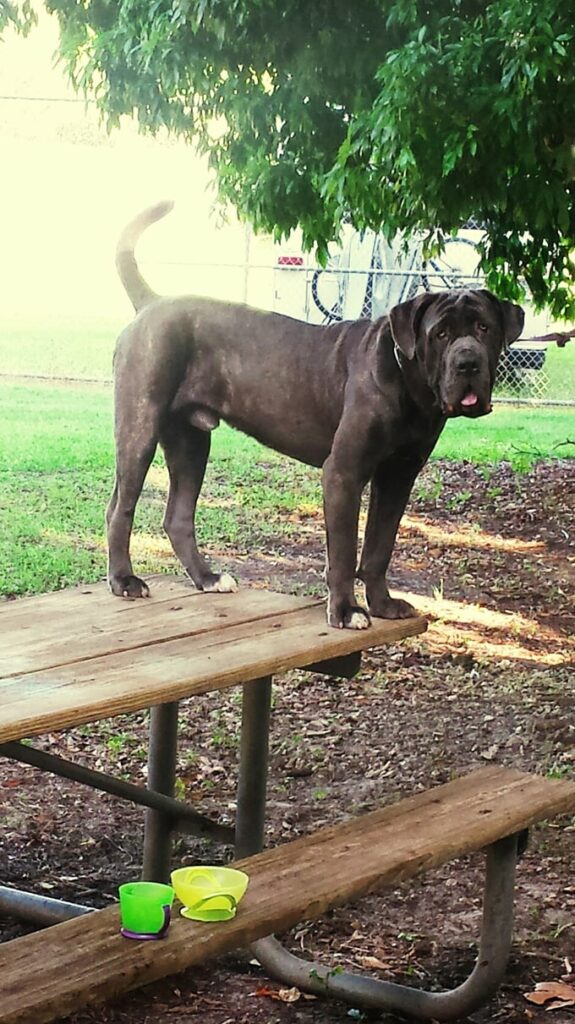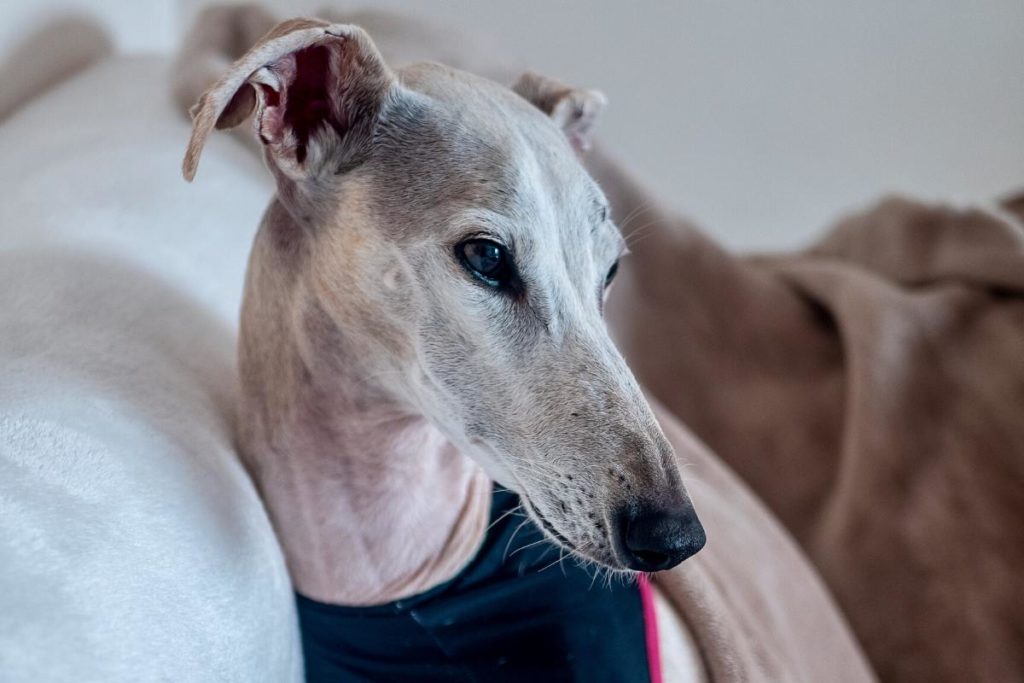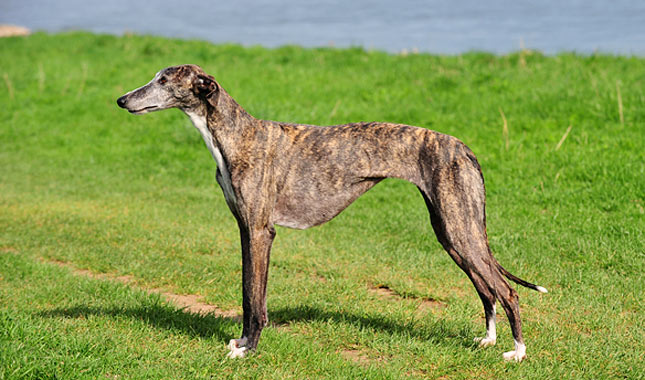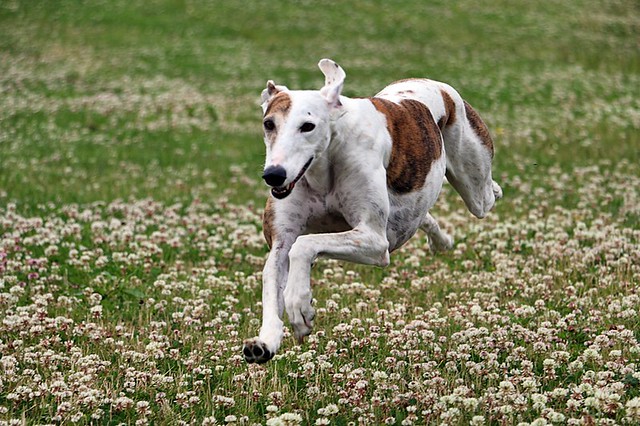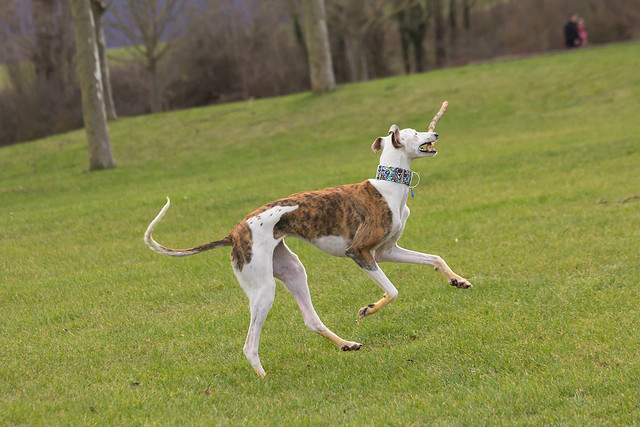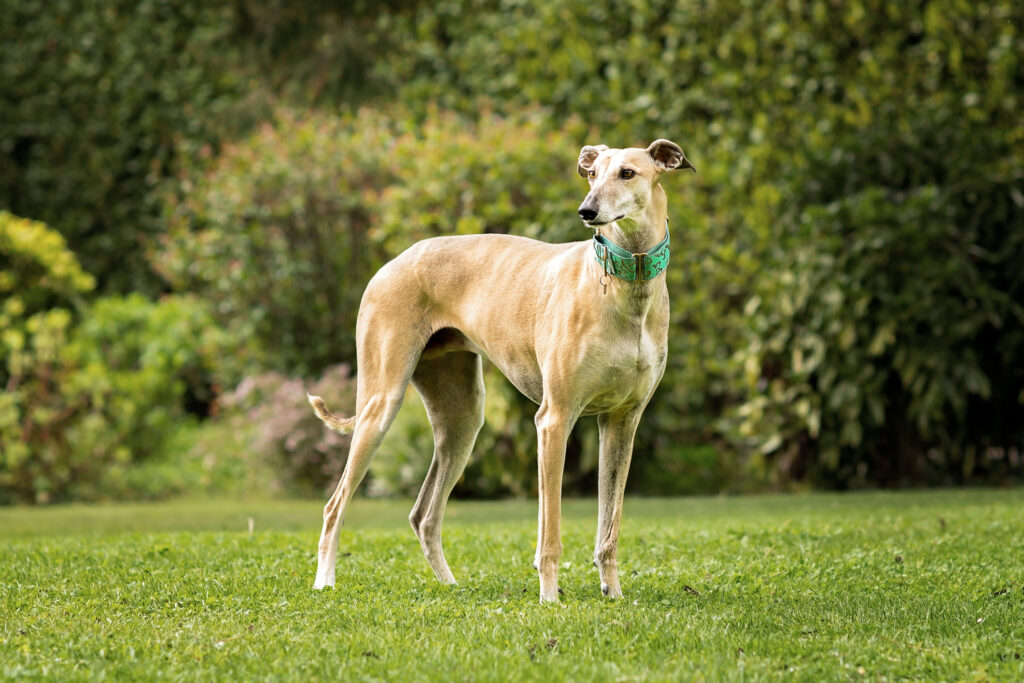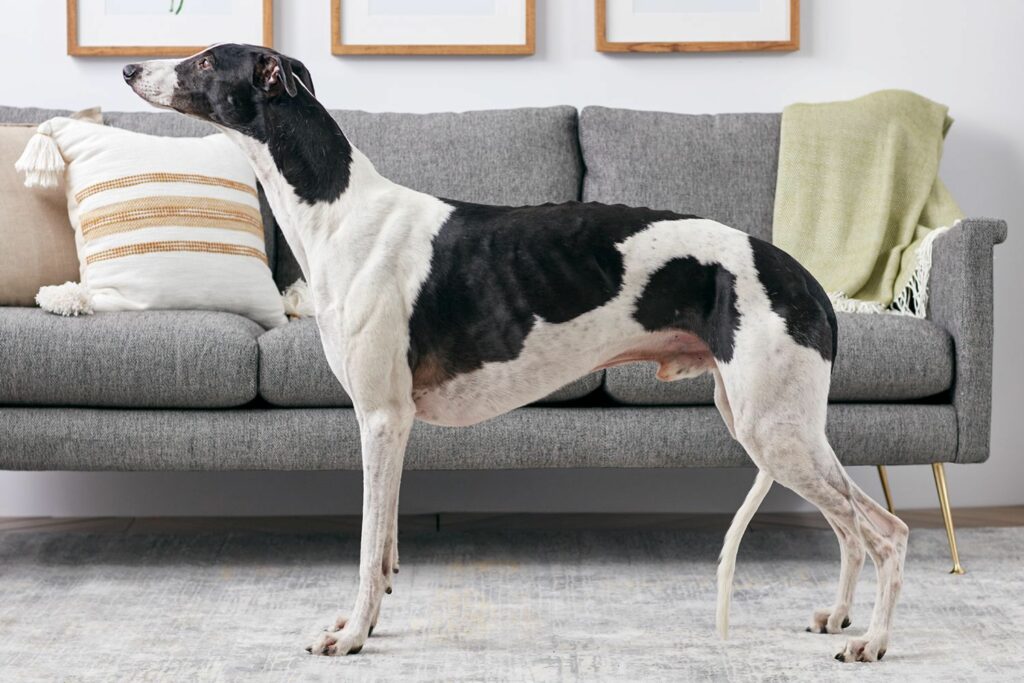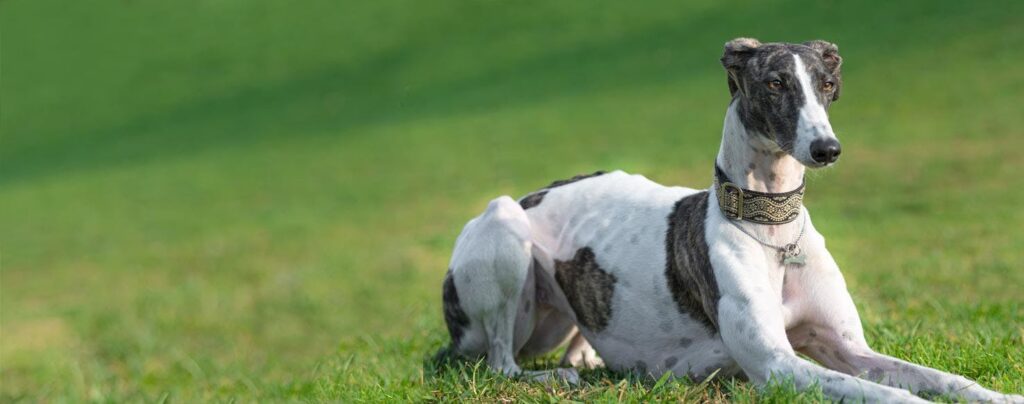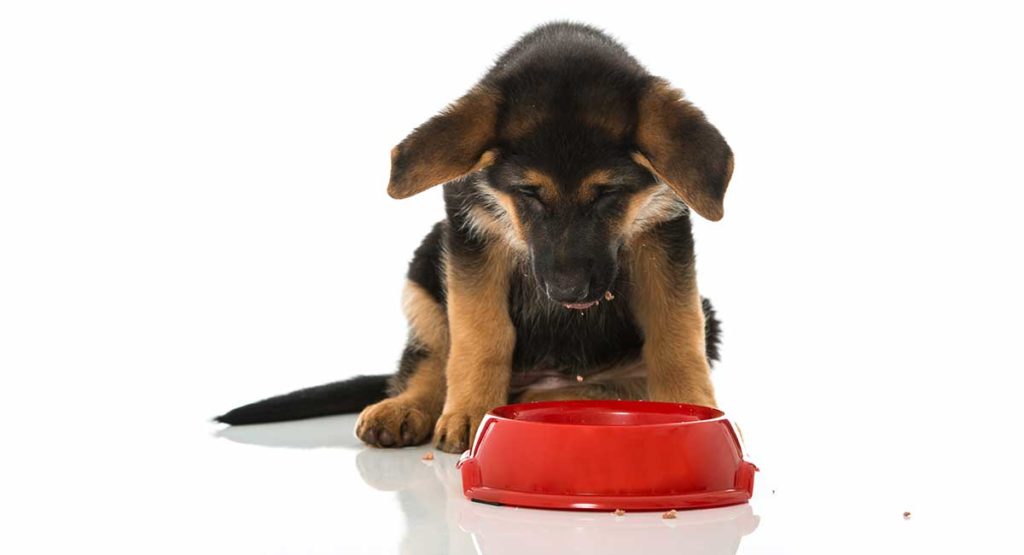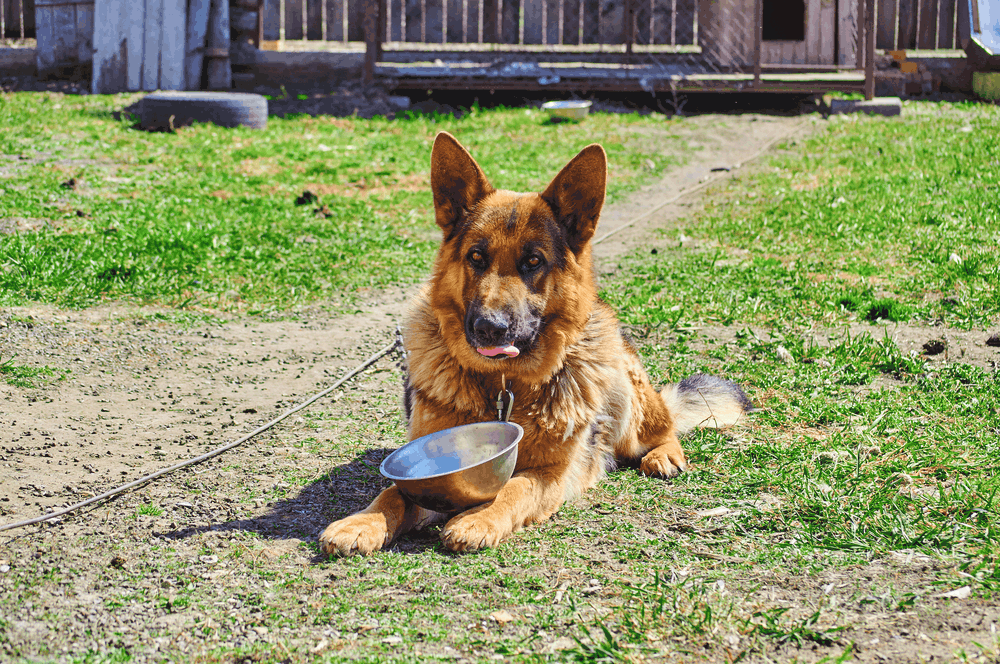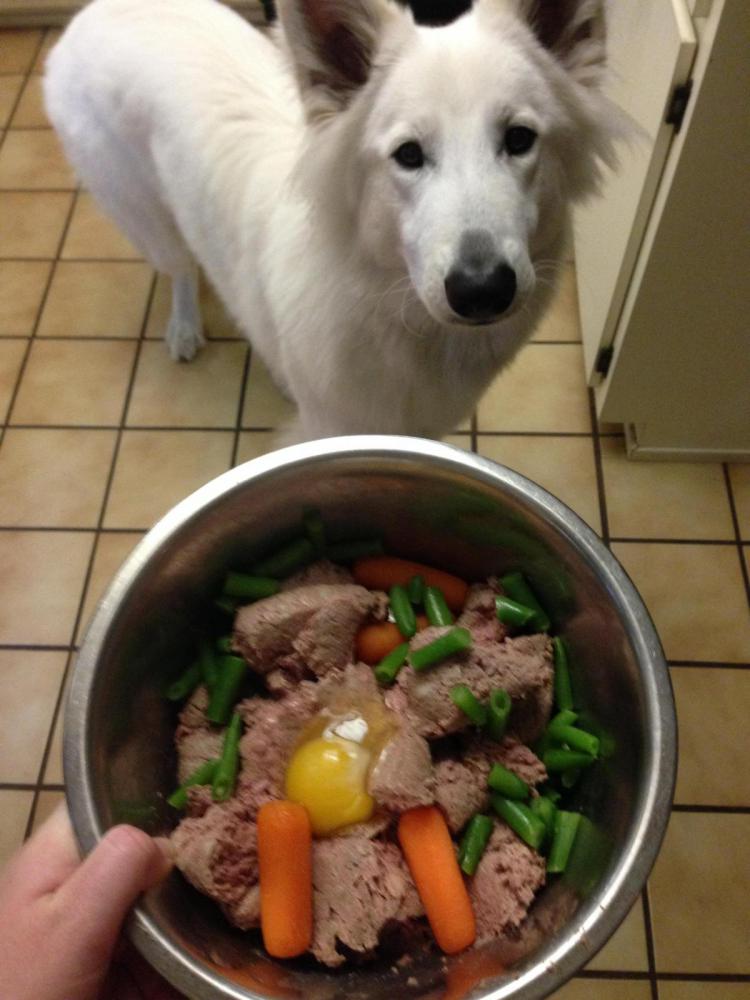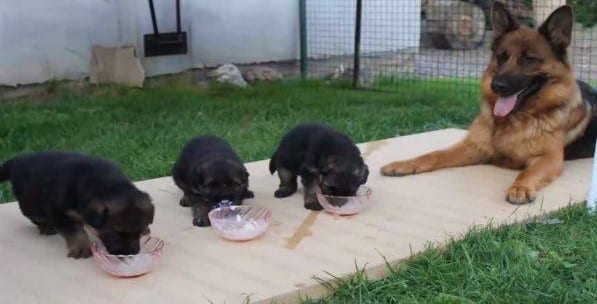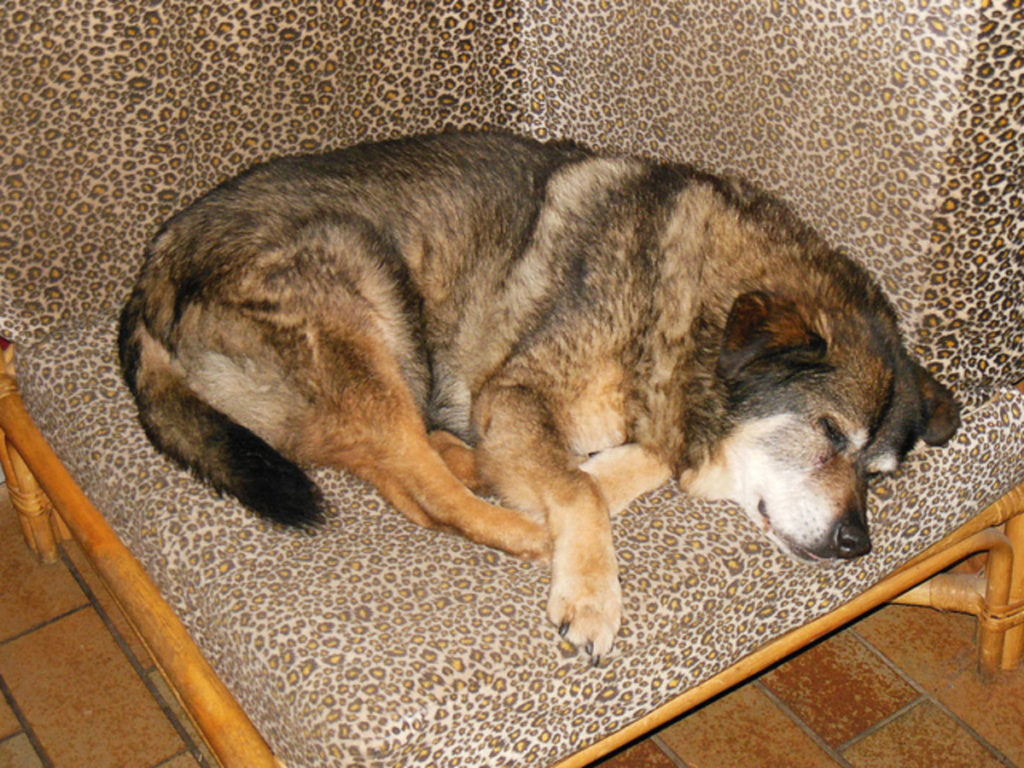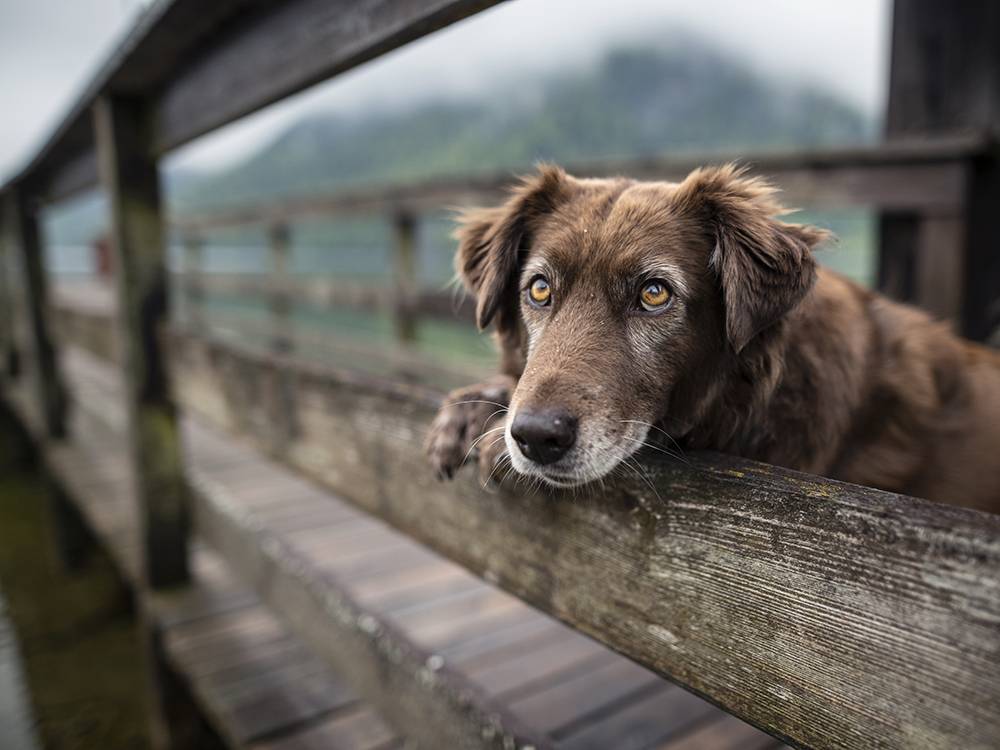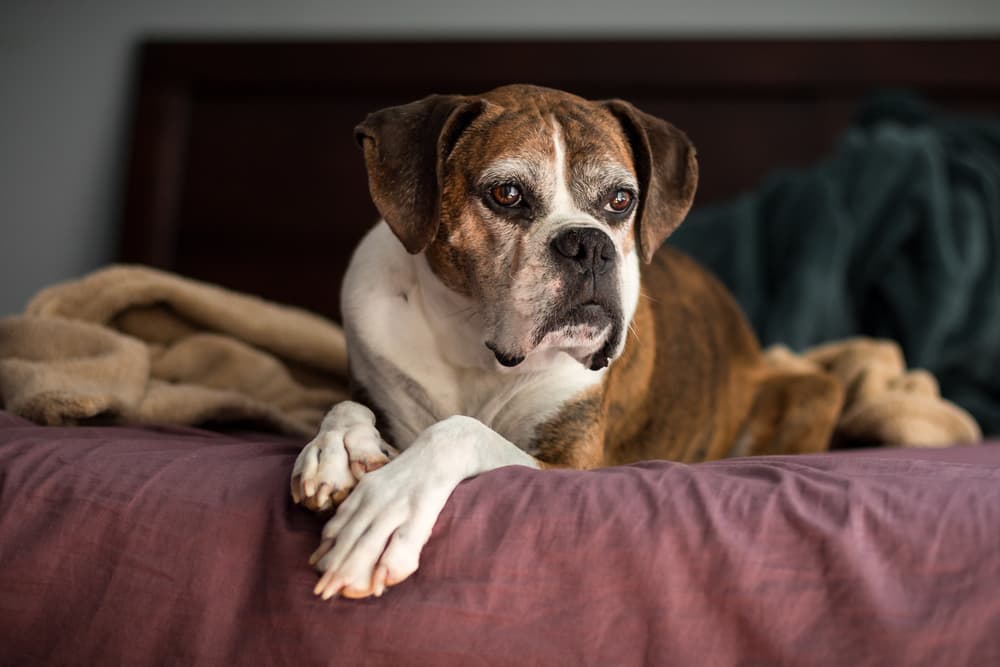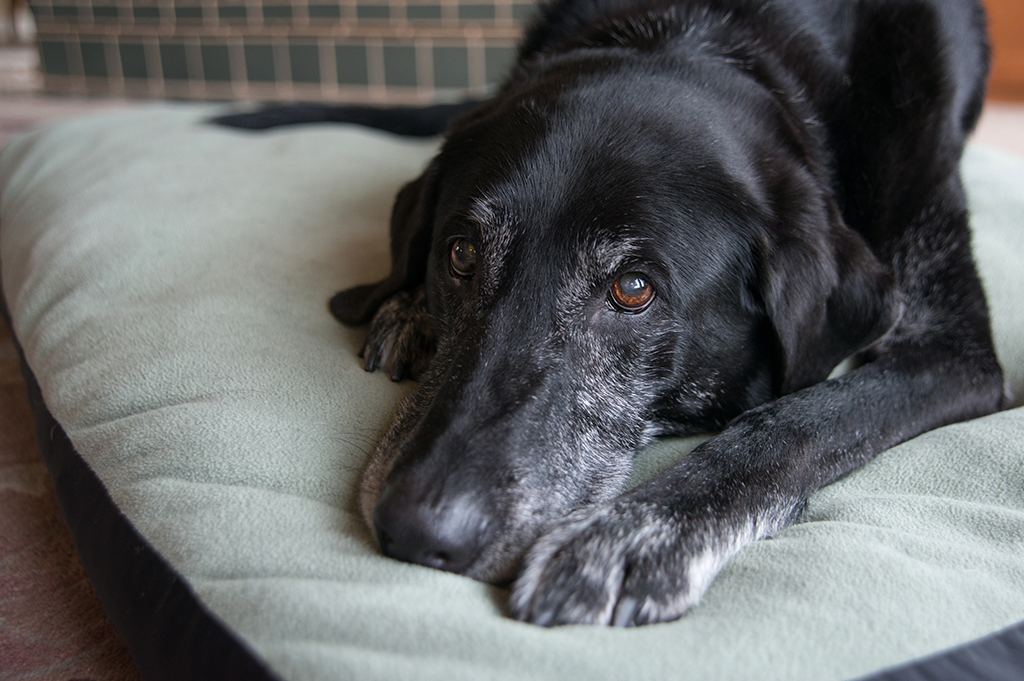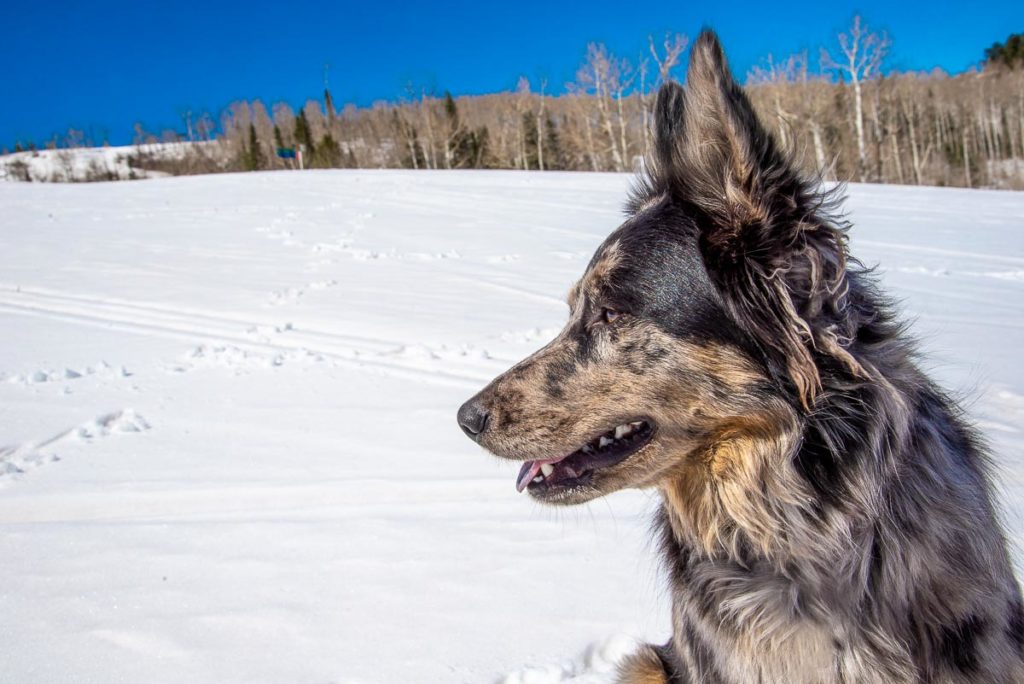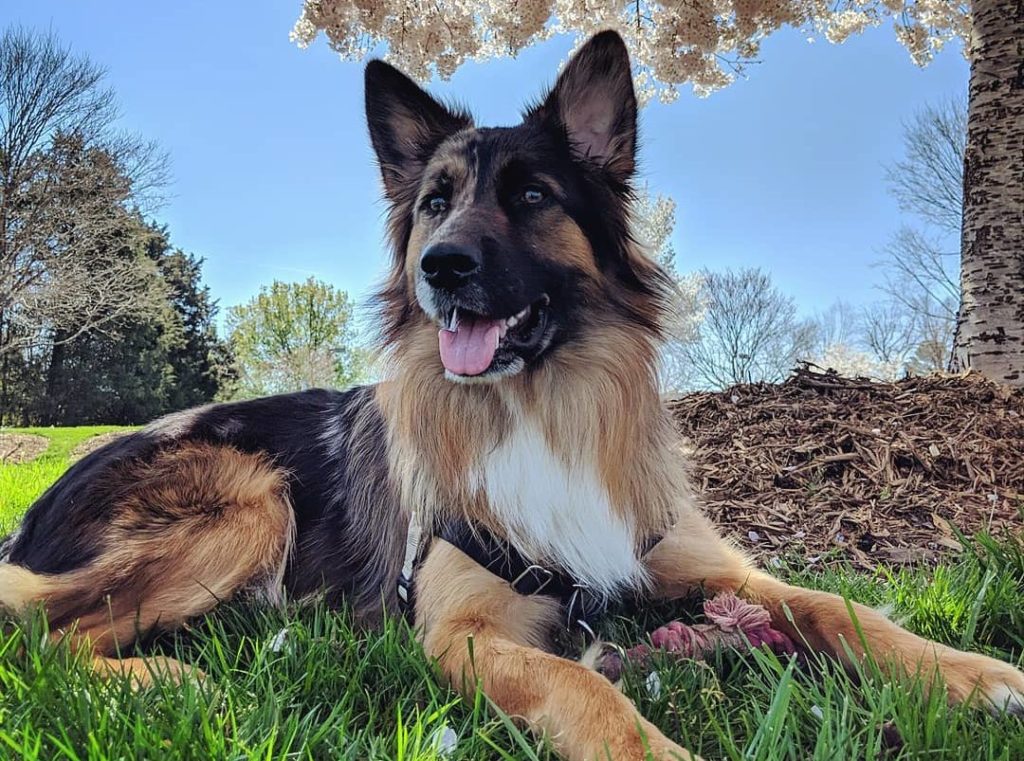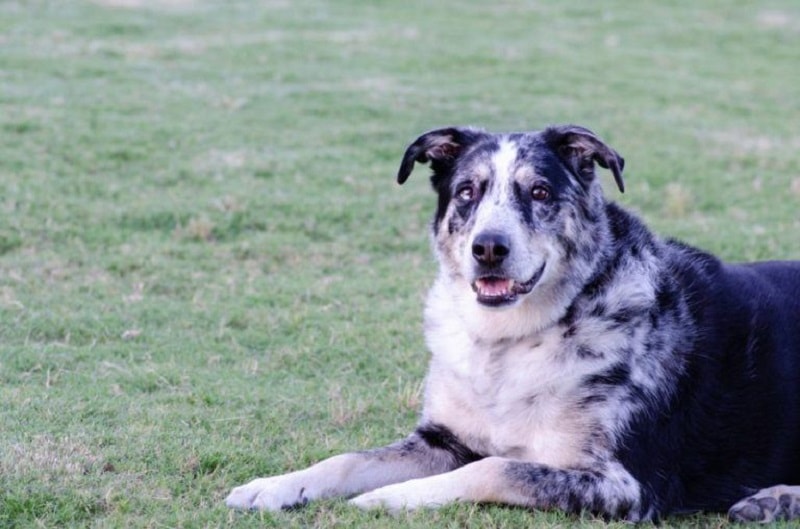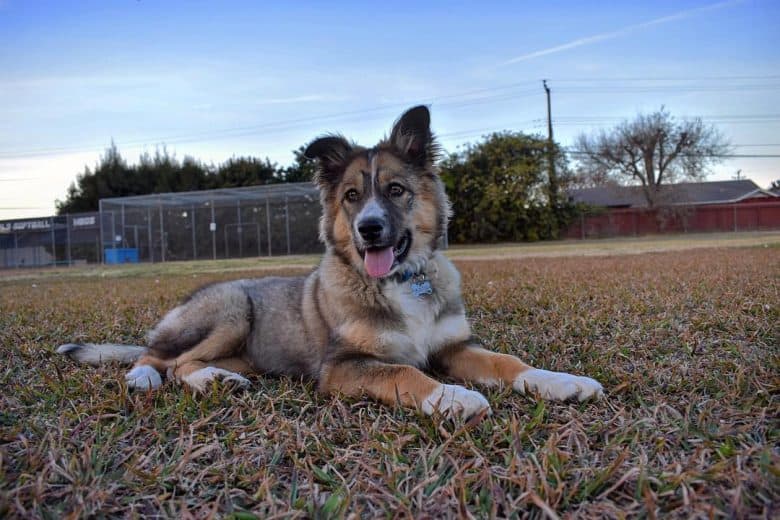The English Springer Spaniel is a breed of dog in the Spaniel family. They are very similar to the Welsh Springer Spaniel and are descended from the Norfolk or Shropshire Spaniels of the mid-19th century. The breed has diverged into separate show and working lines, used for flushing and retrieving games.
Hunting was a sport enjoyed by kings and commoners alike. However, hunting before the advent of shotguns wasn’t as easy as it is now. All games had to be flushed into nets or driven towards falcons or Greyhounds. It is believed that the term “springers” first appeared in reference to land spaniels in the late 1500s.
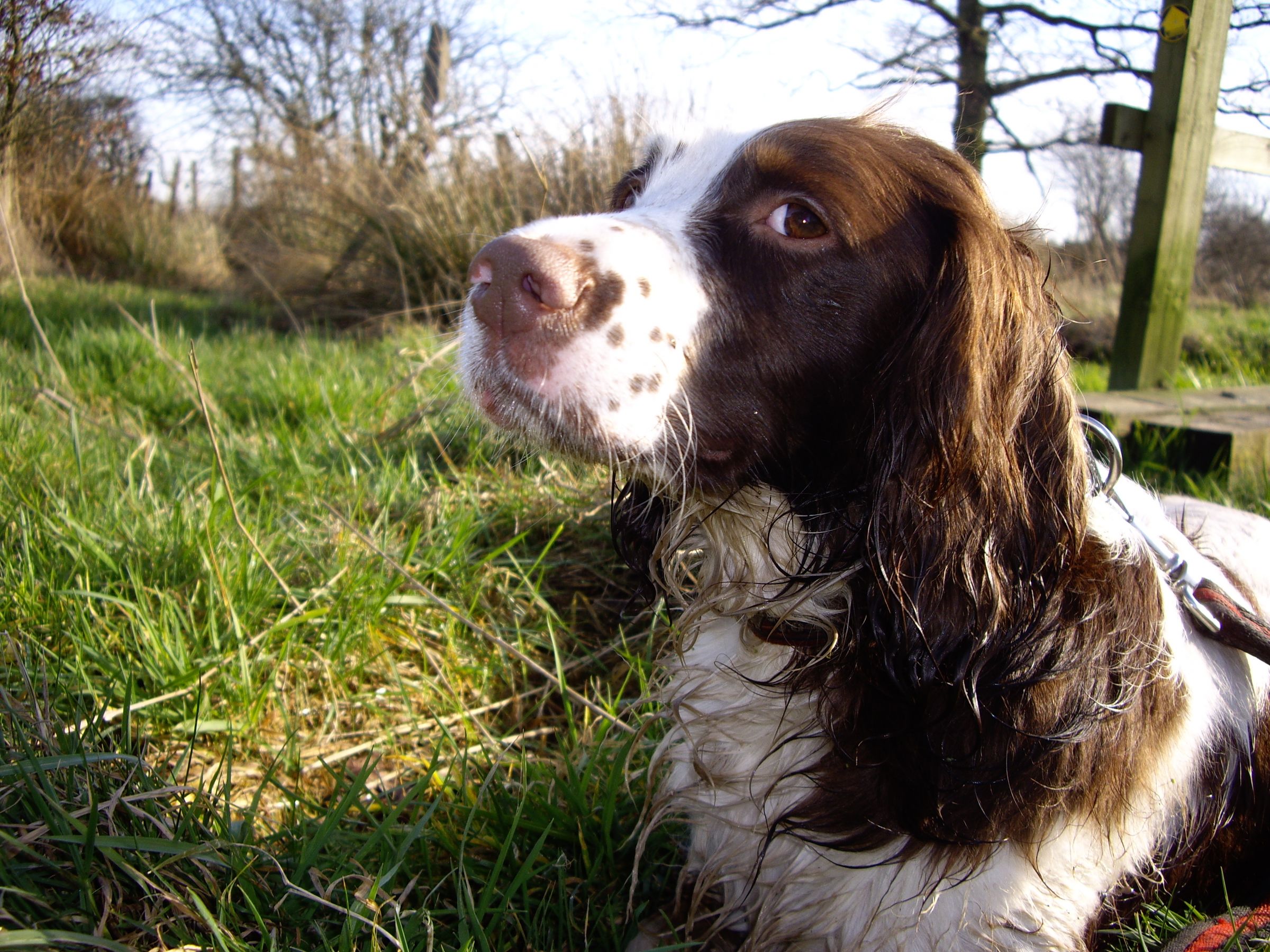
Many different breeds of spaniel were developed during the 19th century. Many were named after their owners or the county in which they originated. The larger varieties of spaniel, such as the Norfolk and Shropshire Spaniels, were said to be true to their original type and were shown under the name Norfolk Spaniel in 1850.
The Spaniel Club of England and the Sporting Spaniel Society held their first trials together in 1899. Three years later, their standards were combined to form an English Springer Spaniel breed that was recognized by the English Kennel Club.
English Springer Spaniel Physical Appearance
The English springer spaniel is a medium-sized dog, ranging in height from 19 to 20 inches and weighing between 18 to 23 kilograms. This breed is known for its size with quite a bit of bone and large paws. The English Springer Spaniel and the English Cocker Spaniel are two breeds that were bred from the same progenitor but have very different features.
The major difference is in their ears which would be either cropped or natural. In addition, the coats of English Springers tend to be shorter and higher-set than those of the English Cocker. The pet spaniel dog has a different look from the show-bred dogs, with coarser fur and shorter legs. They shed in summer and spring months, as well as fall.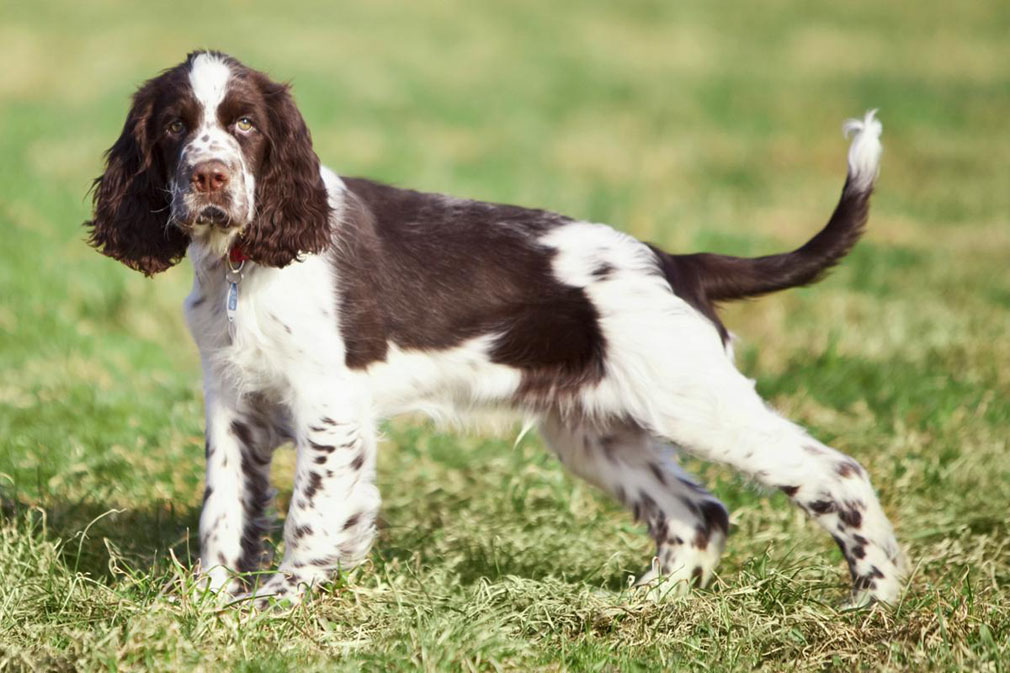
The coat usually comes in black or dark brown with white markings or predominantly white with black or liver markings; tricolor: black and white or liver and white with tan markings, usually in the ears, on the cheeks, and on the eyebrows.
The English springer spaniel has a medium-length coat whose texture can be flat or wavy. The extra hair is on the ear fringes, feathering on the rear of all four legs, and on the chest. The outer coat is medium length and either flat or wavy, and the undercoat is soft and dense. This combination protects the dog from weather and thorns.
English Springer Spaniel Behavior
English Springers are commonly very friendly and playful but can be rather destructive if they do not receive enough exercise. They are great with children and other dogs. They also need a lot of attention from their owners and enjoy a wide variety of activities to keep them occupied.
The English springer spaniel is a hardy, energetic, and fairly intelligent dog. It is outgoing and friendly but still needs socialization and training from the beginning.
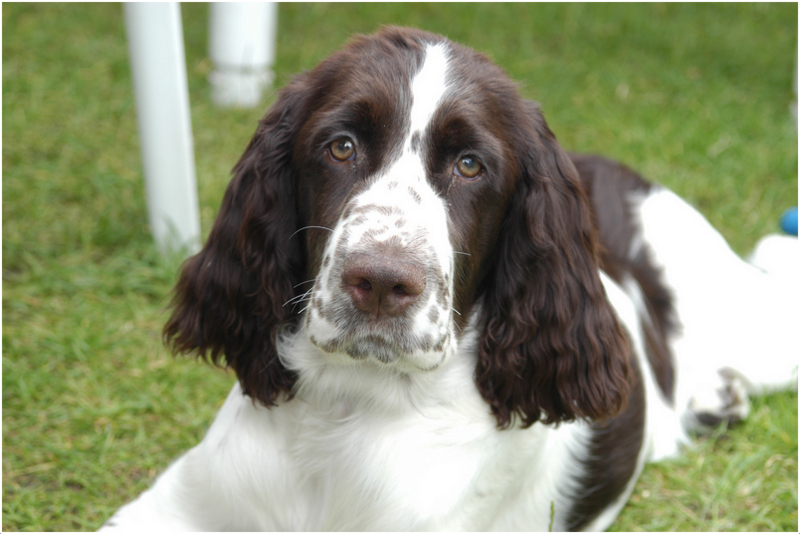
English Springer Spaniel – Training and Caring
The Springer Spaniel is a friendly, eager to please, and quick to learn dog. It also tends to be very loyal and strives for affection from its owners. If treated well by one family member more than others, it will often stick with that person as much as possible. Springer Spaniels need daily mental and physical exercise.
Taking them for a walk, playing with them outside, or teaching them basic commands can help keep them calm when they are in the house. They have double coats that need to be brushed or combed one or two times a week and trimming every two to three months.
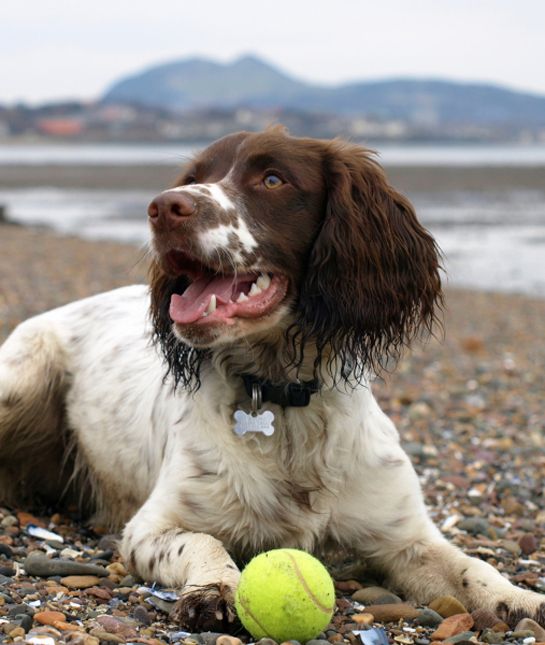
English Springer Spaniel Health
Although English Springer Spaniels are generally healthy, certain health problems are more common in them than in other breeds. Otitis externa (outer ear infection) is the most common ailment of this breed. CHD (canine hip dysplasia), elbow dysplasia, entropion, retinal dysplasia, gastric torsion, seizure. The average life span is 10–14 years.
English Springer Spaniel Review
- Smart and eager to please
- Affectionate with people and other dogs
- Athletic
- Needs a lot of exercise and stimulation
- Can be over-excitable and prone to separation anxiety
- Can have a high prey drive
English Springer Spaniel Dog Breed Pictures
English Springer Spaniel Dog Breed Pictures
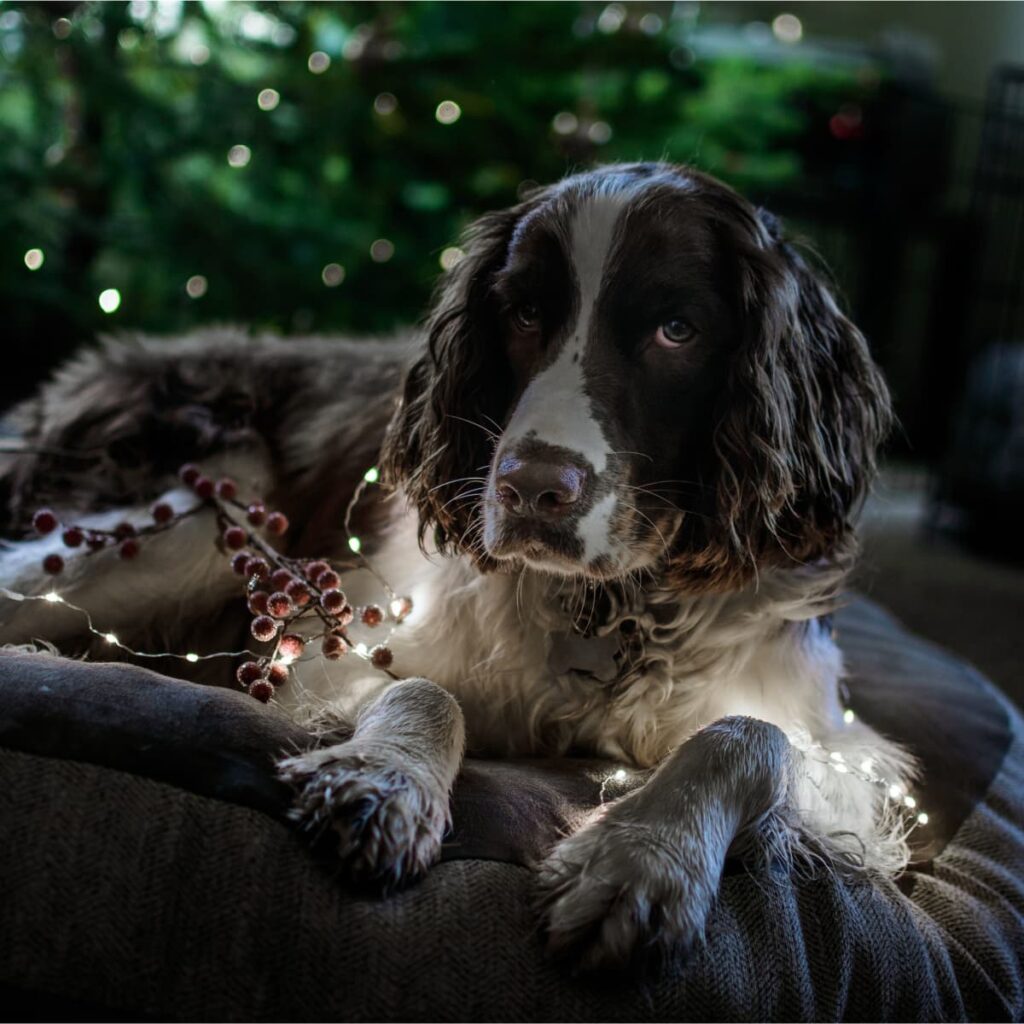
English Springer Spaniel Dog Breed Pictures
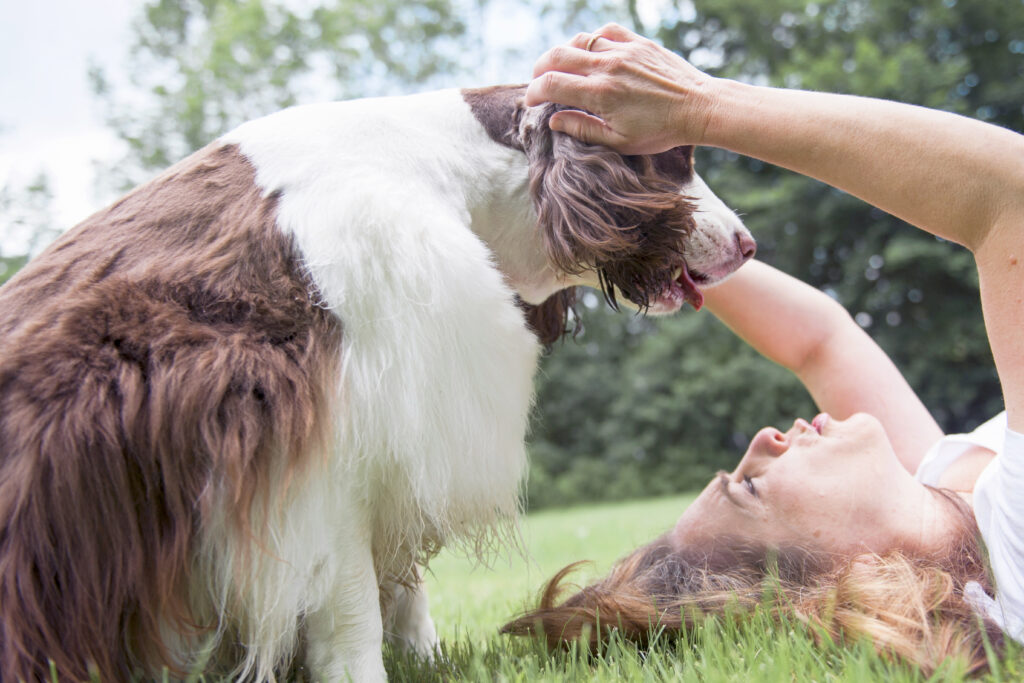
woman and English Springer Spaniel Dog Looking at each other English Springer Spaniel Dog Breed Pictures
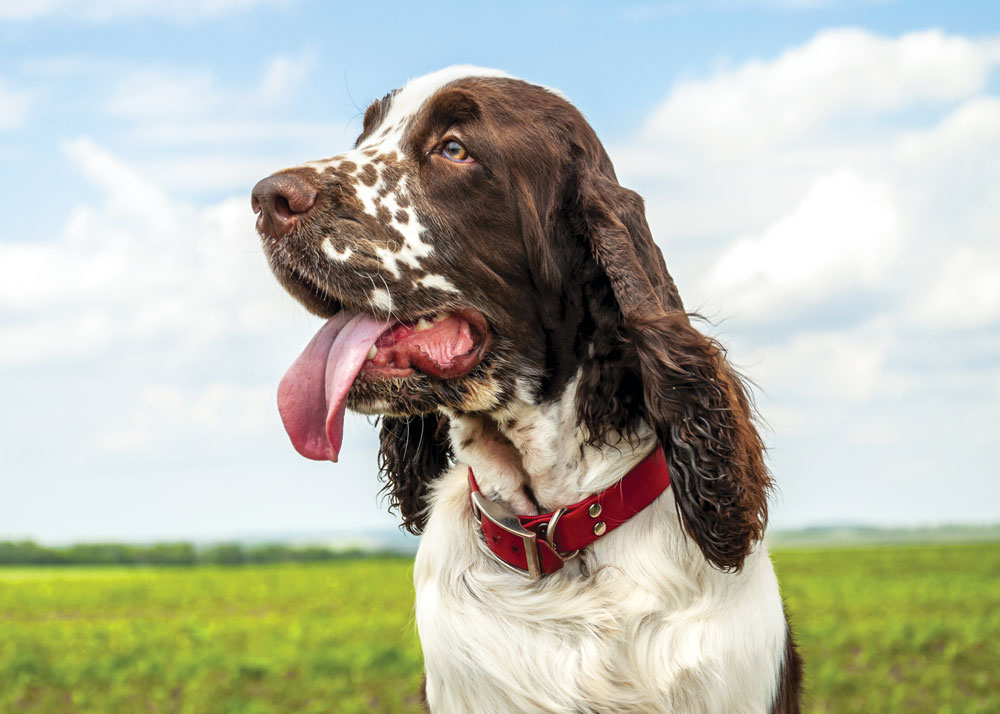
English Springer Spaniel Dog Breed Pictures
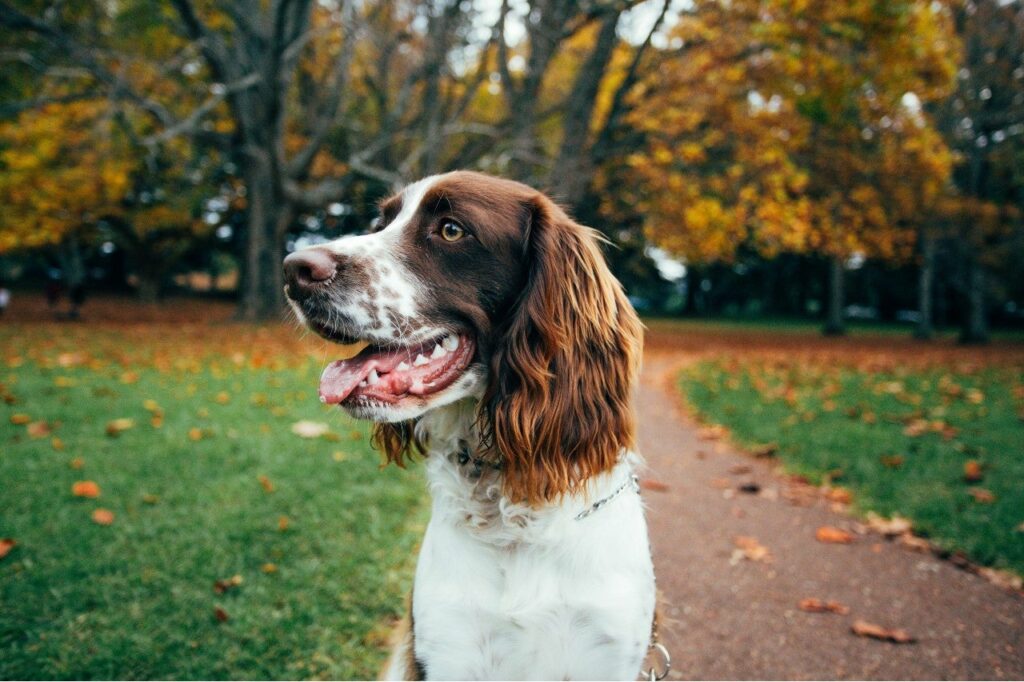
RECOMMENDED ARTICLES
- Belgian Shepherd Dog Breed Information – 4 Best Known Facts with Breed Standards
- Leonberger Dog Breed Information – 5 Good Best Known Physical Appearance, Facts & Personality Traits
- 5 Comprehensive Facts You Should Know About Chorkies Dog Breed – Pictures & Characteristics
- Basenji Dog Breed Information – 6 Amazing Physical Appearance, Traits & Facts
This website’s material is not intended to be a substitute for expert safety advice or professional treatment, nor should it be used to diagnose or treat any health issue or condition. It also is not meant to give any legal opinion or advice. For legal, medical, or other professional advice, please contact your Veterinary Doctor or other healthcare provider. We do not assume any duty for and do not warrant the reliability or operation of, the goods or services we evaluate, which are offered by third parties. Only educational aims are served by our content.
If you like, please share it. Sharing is usually caring.

